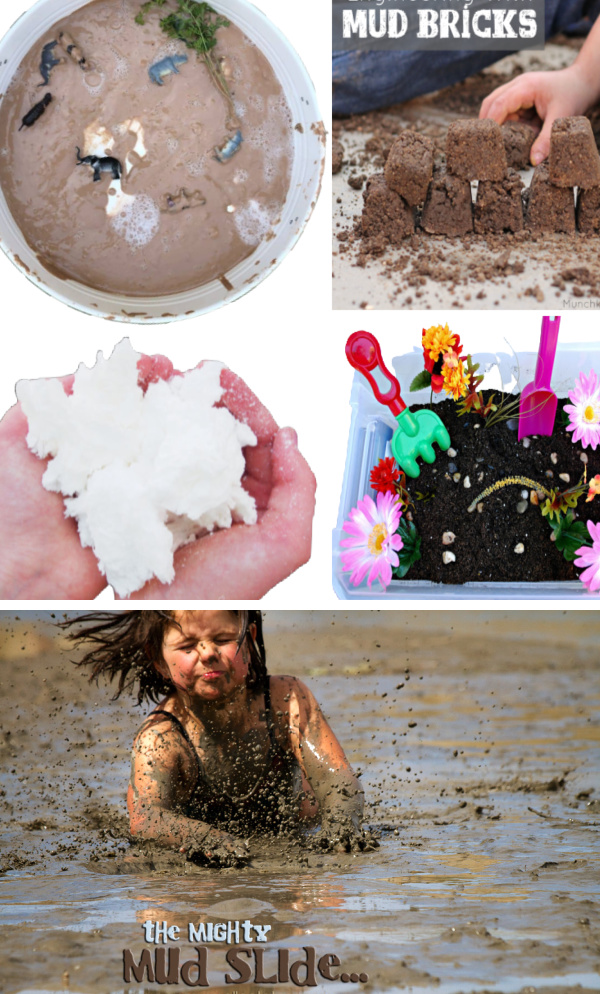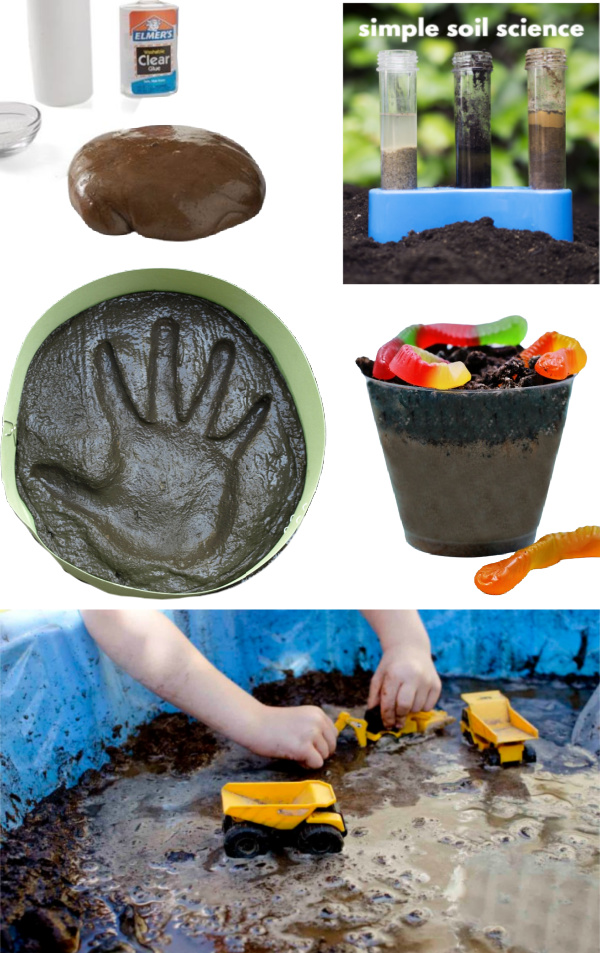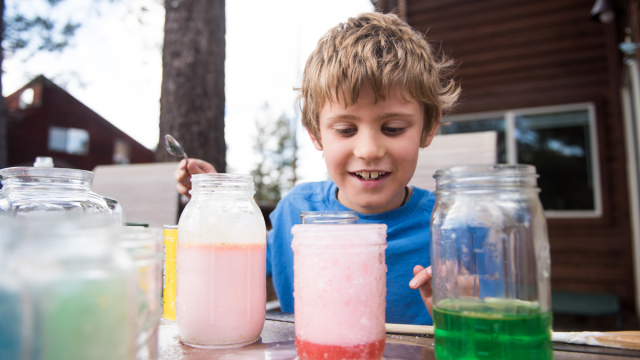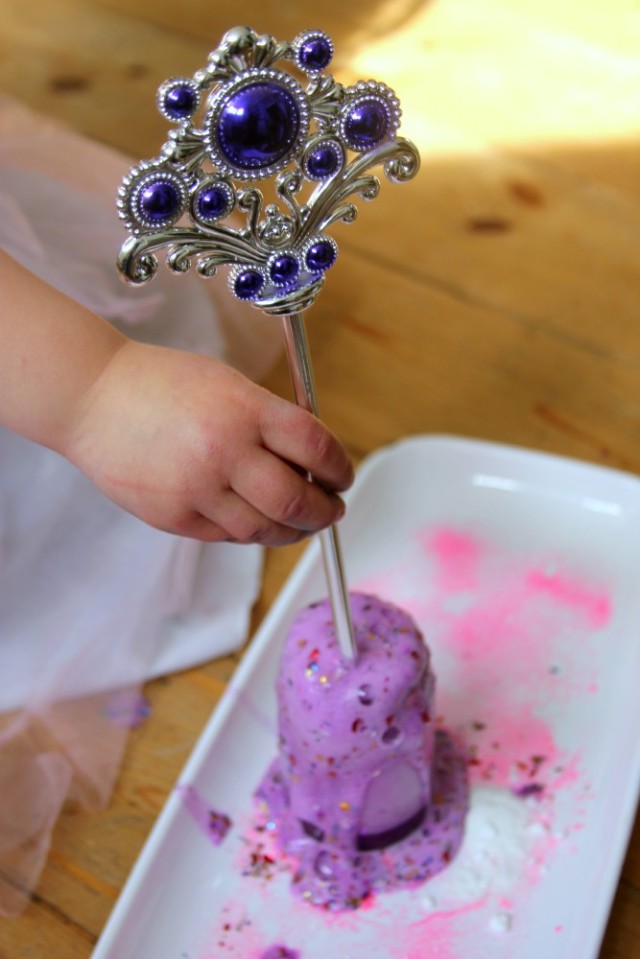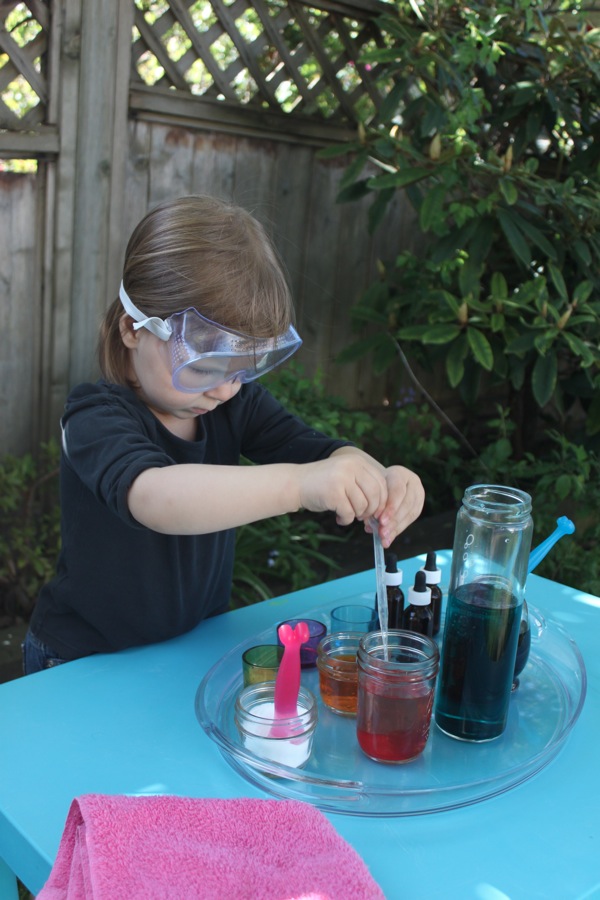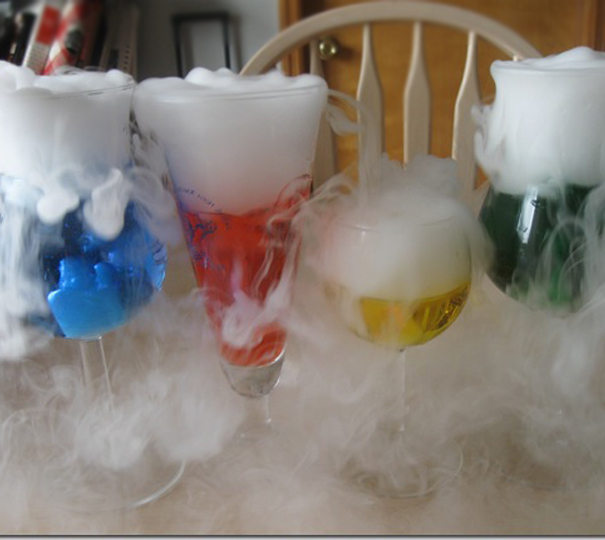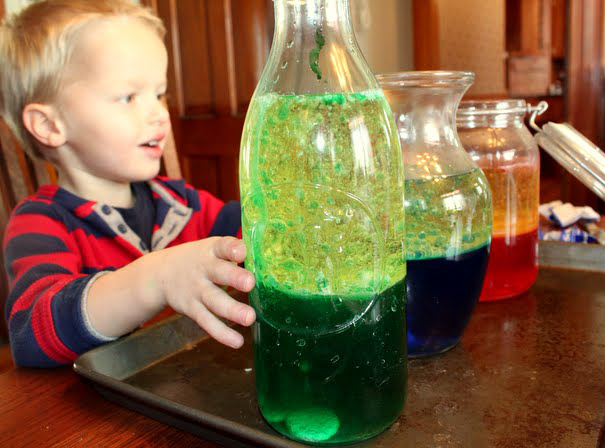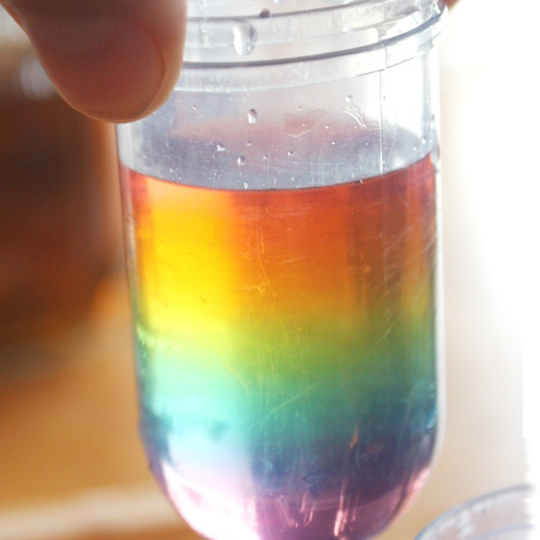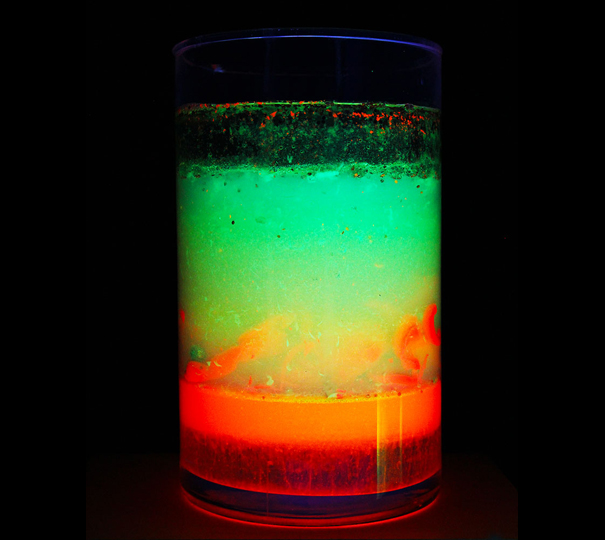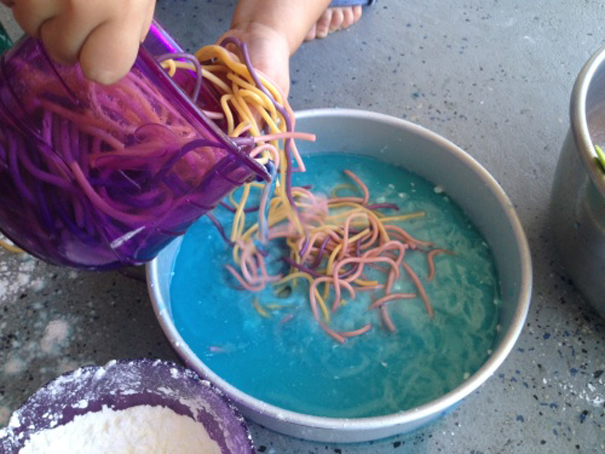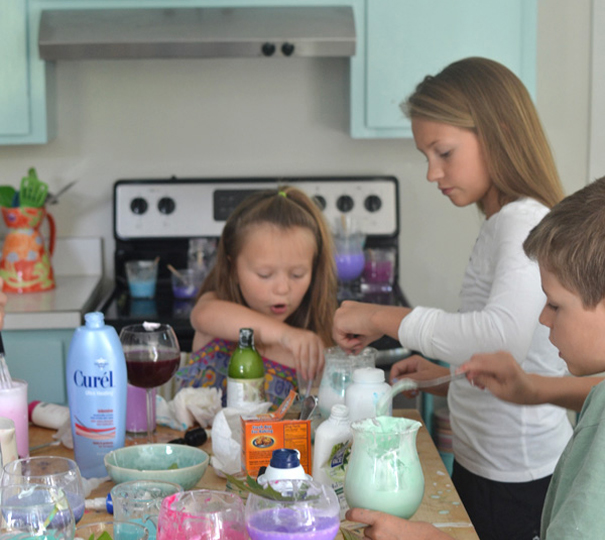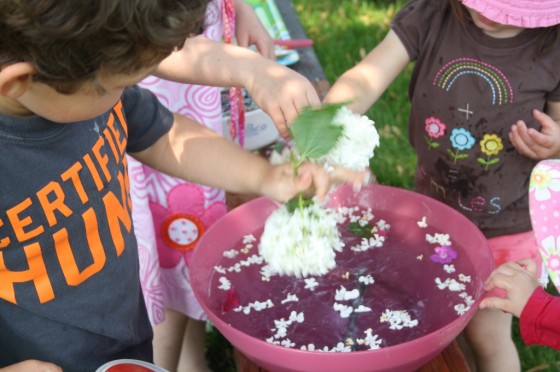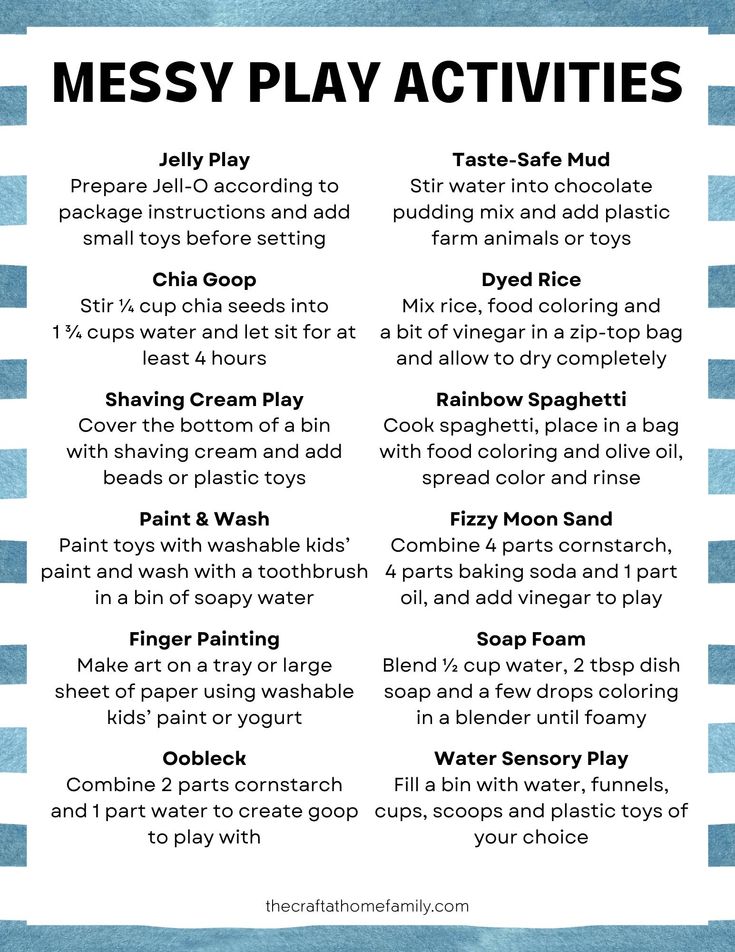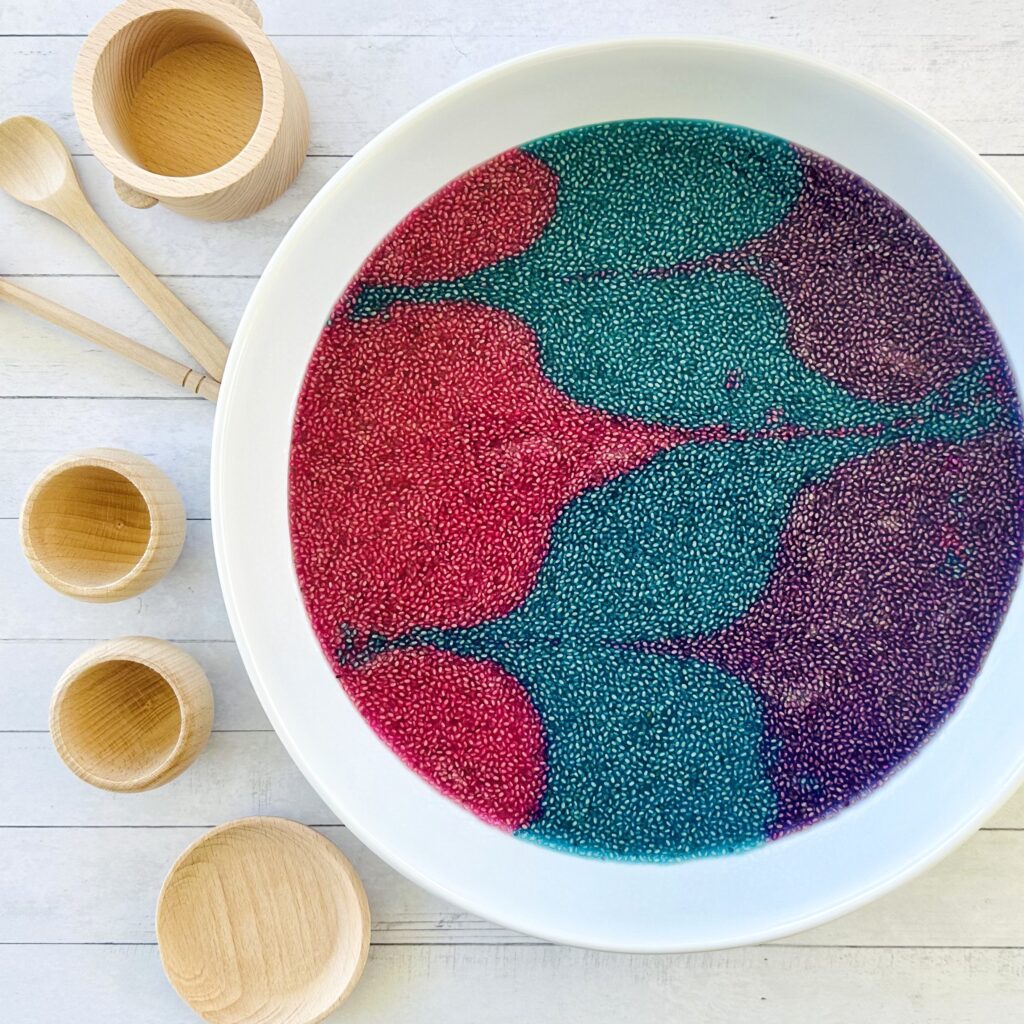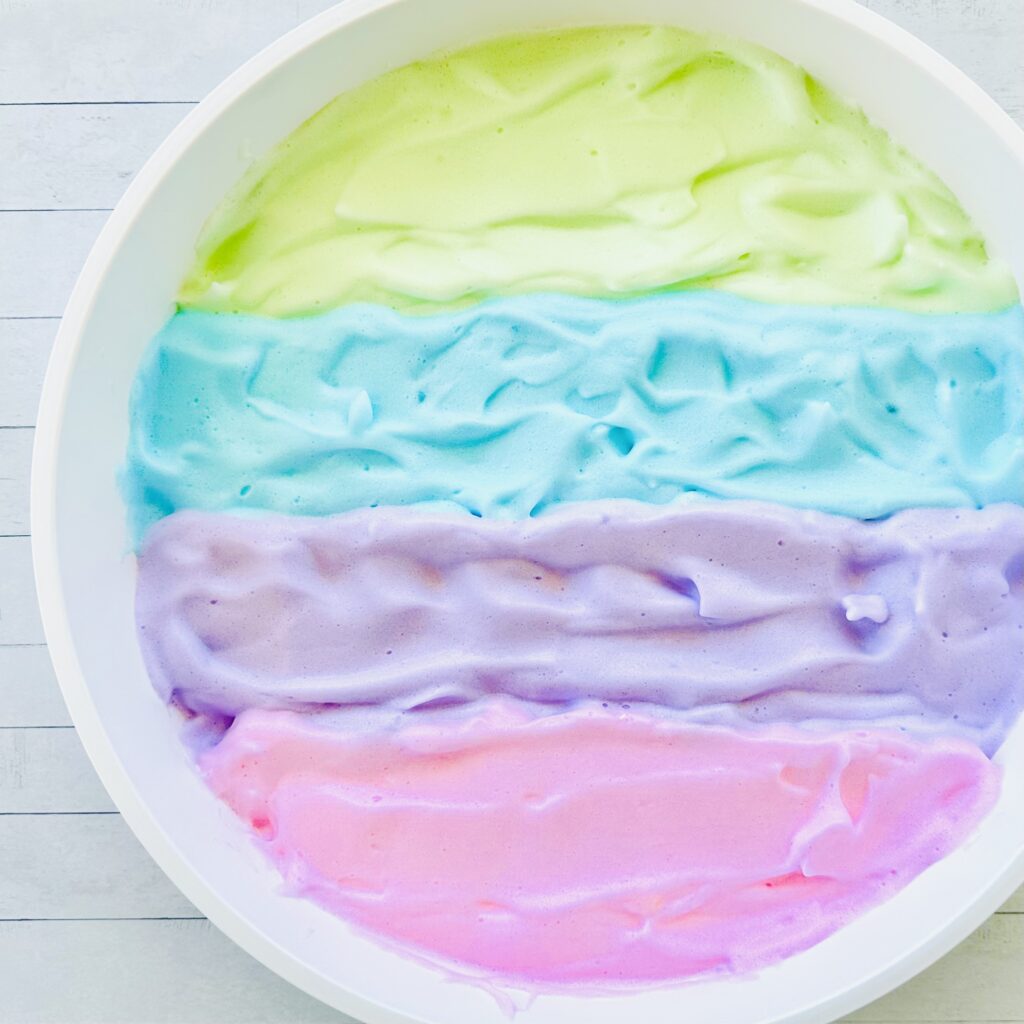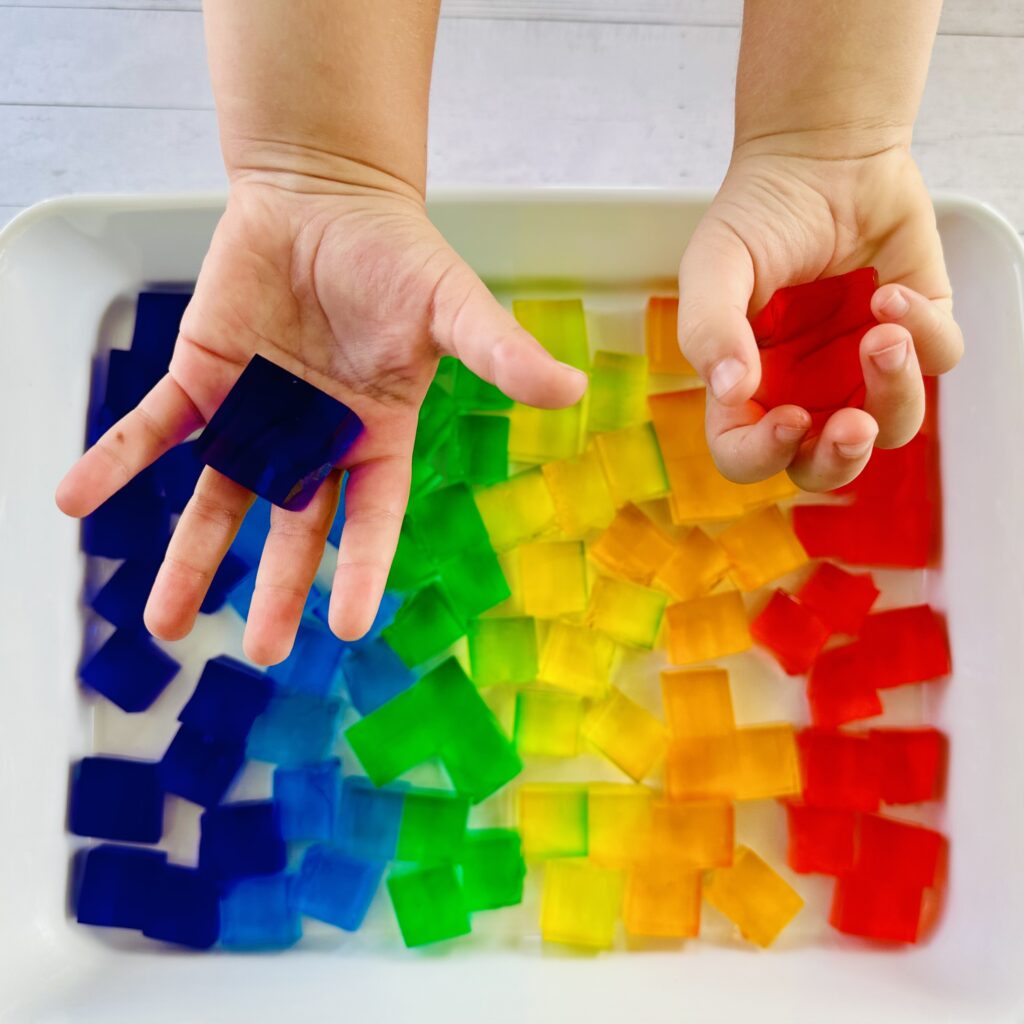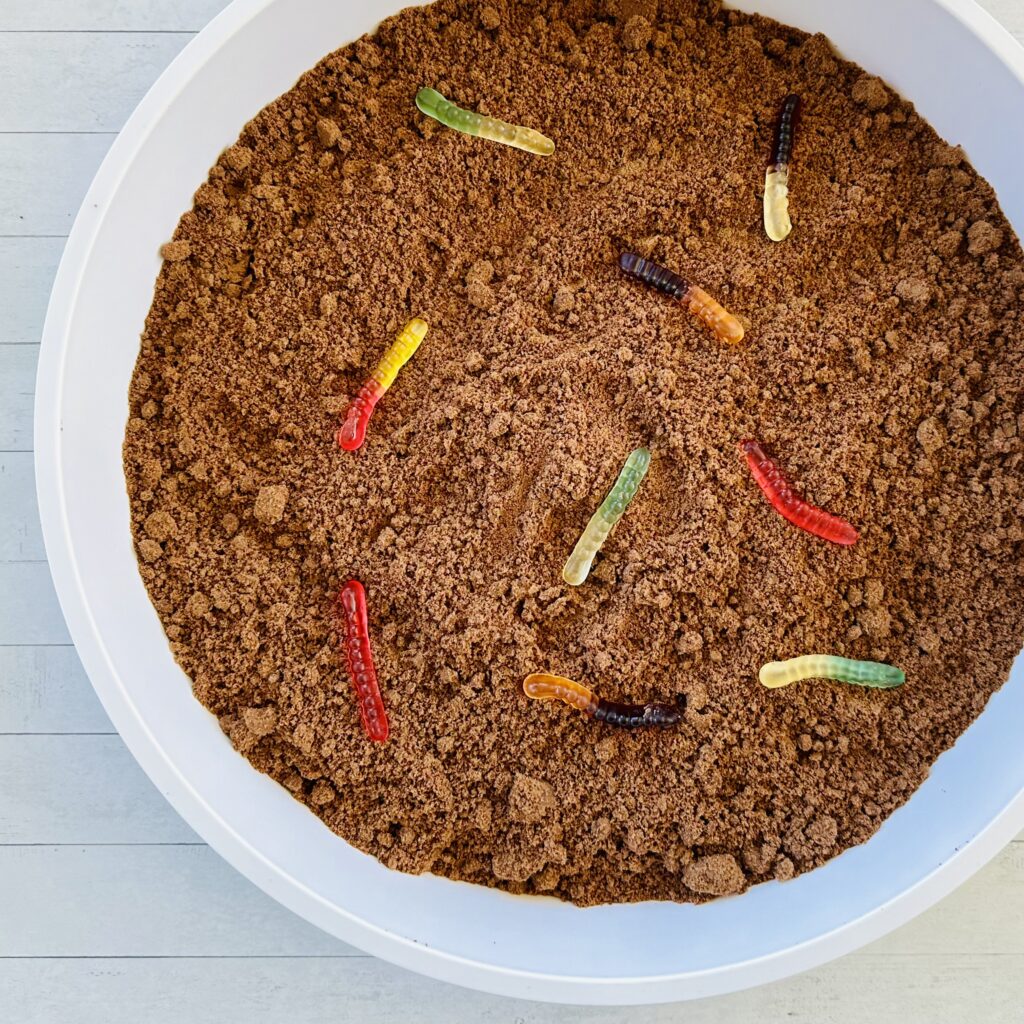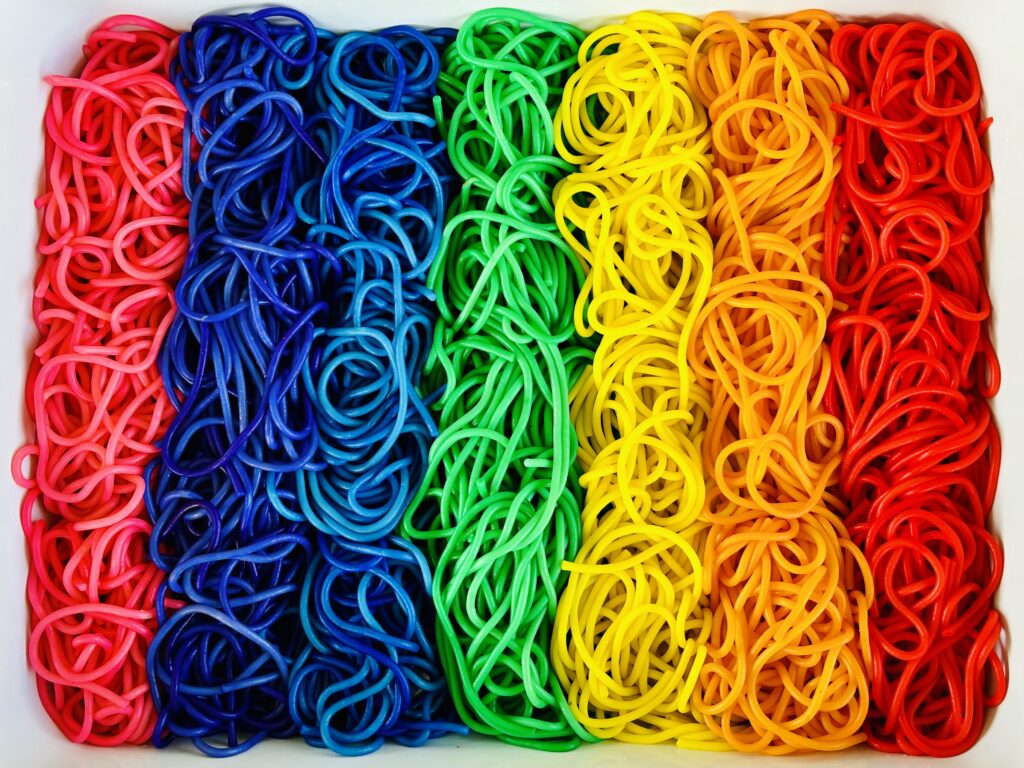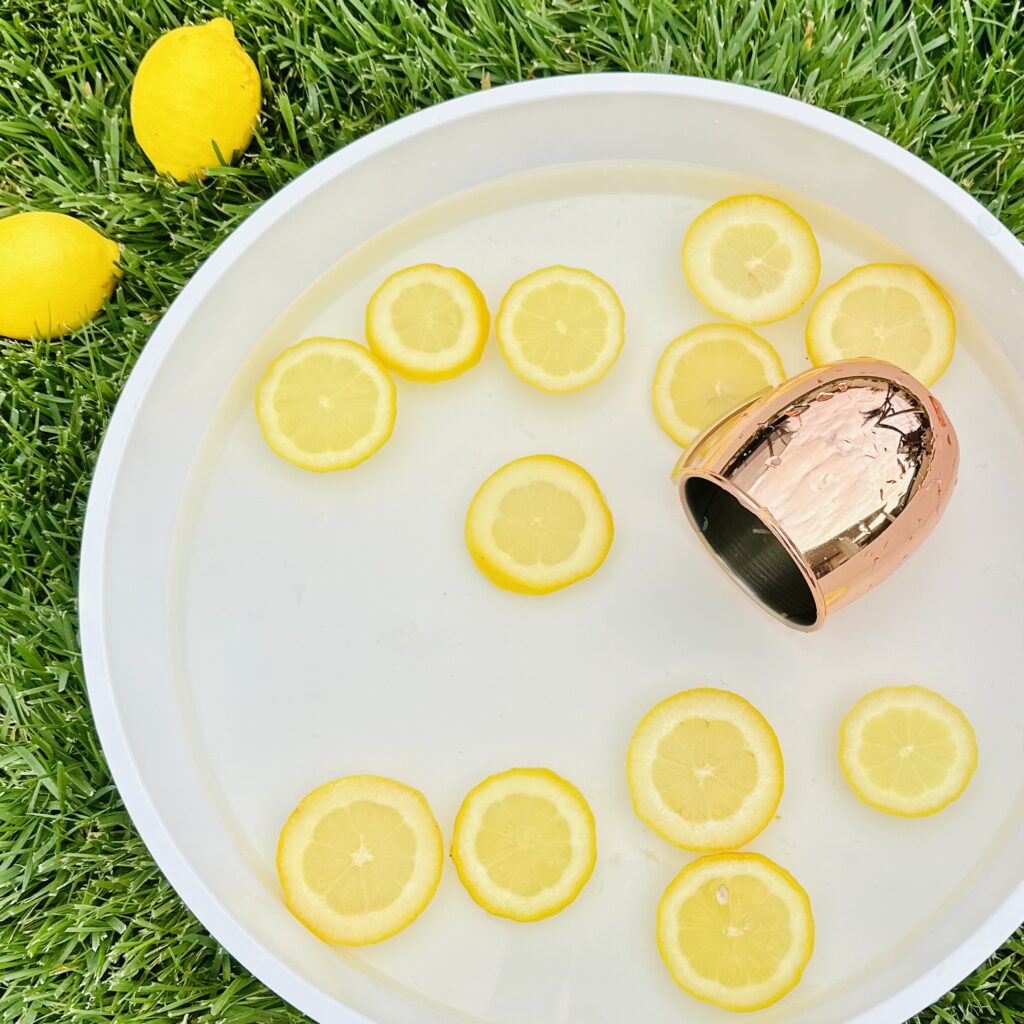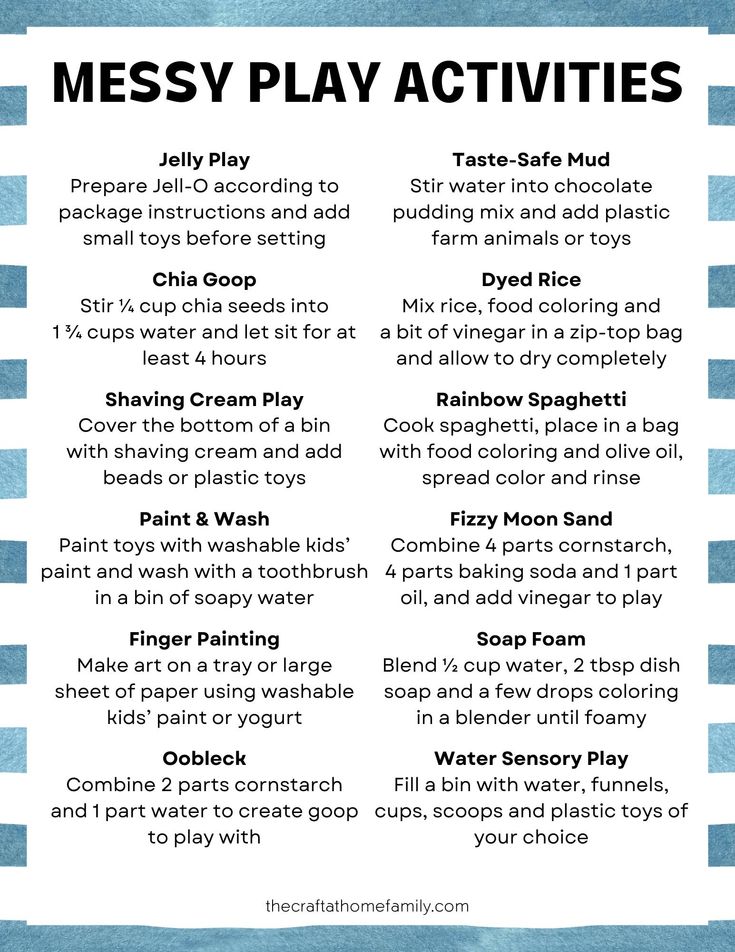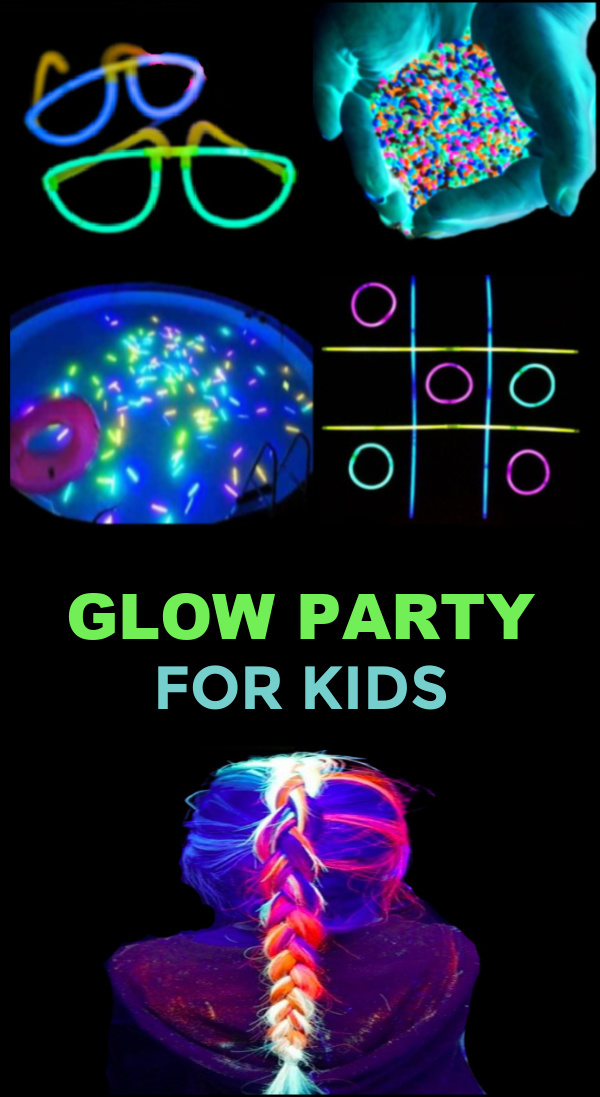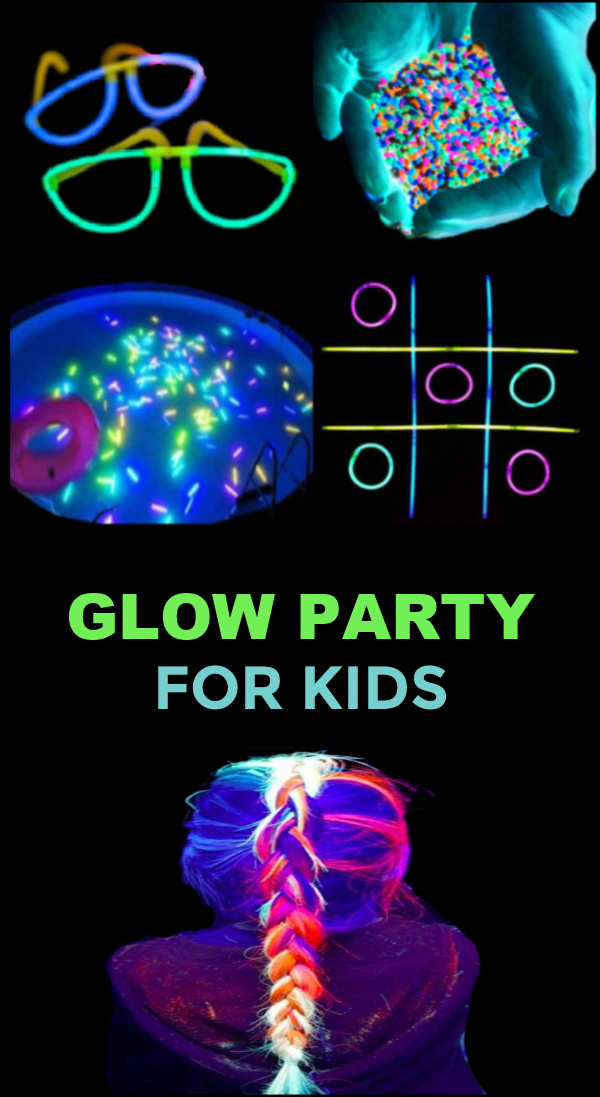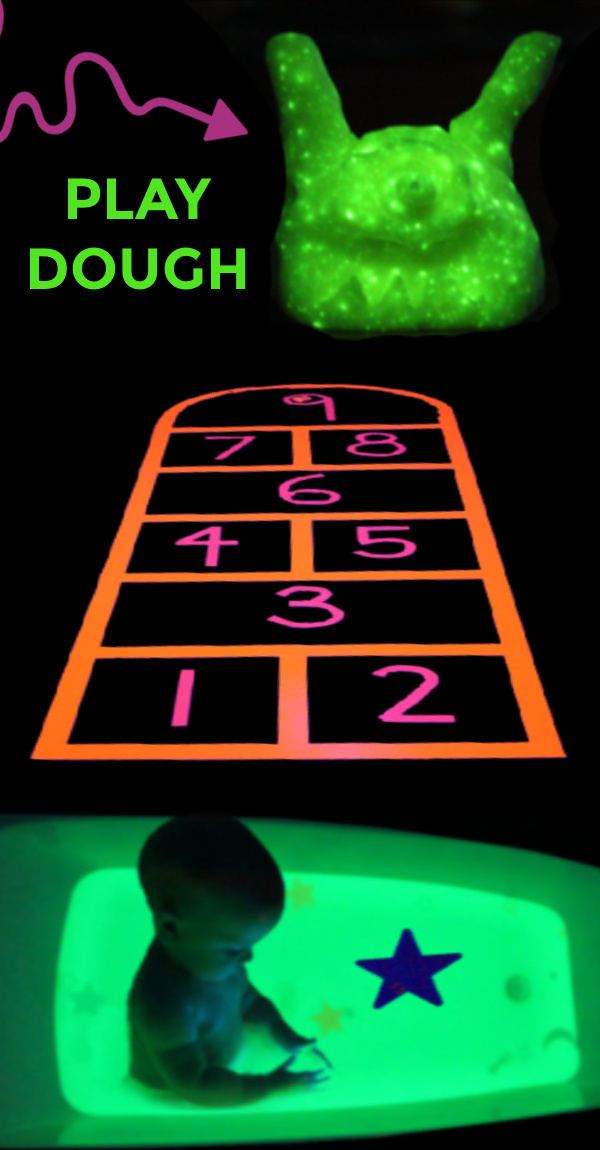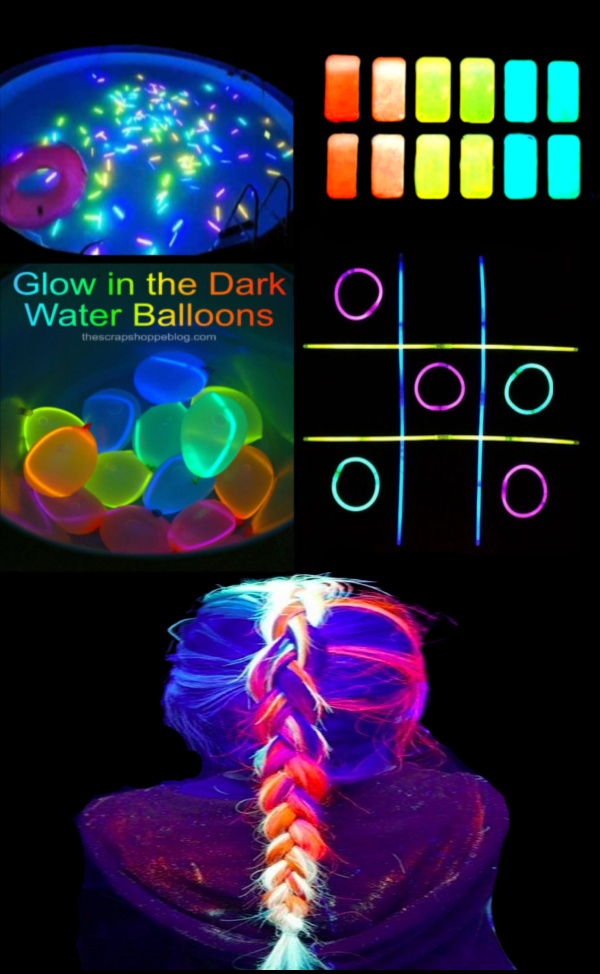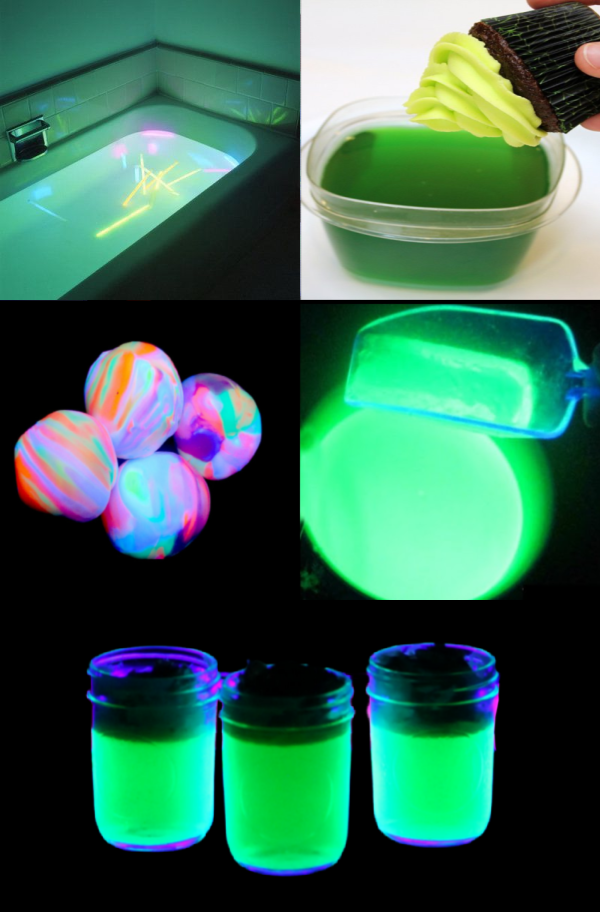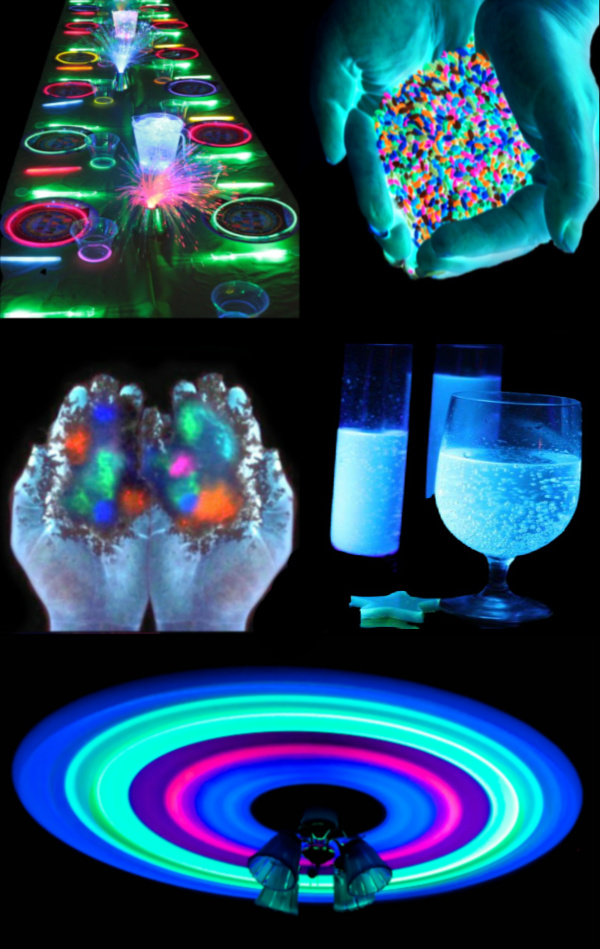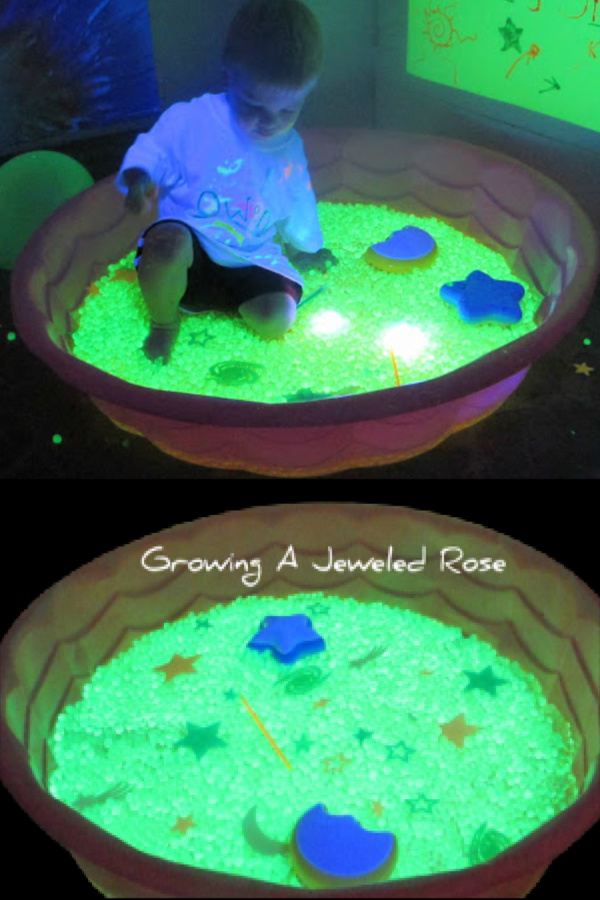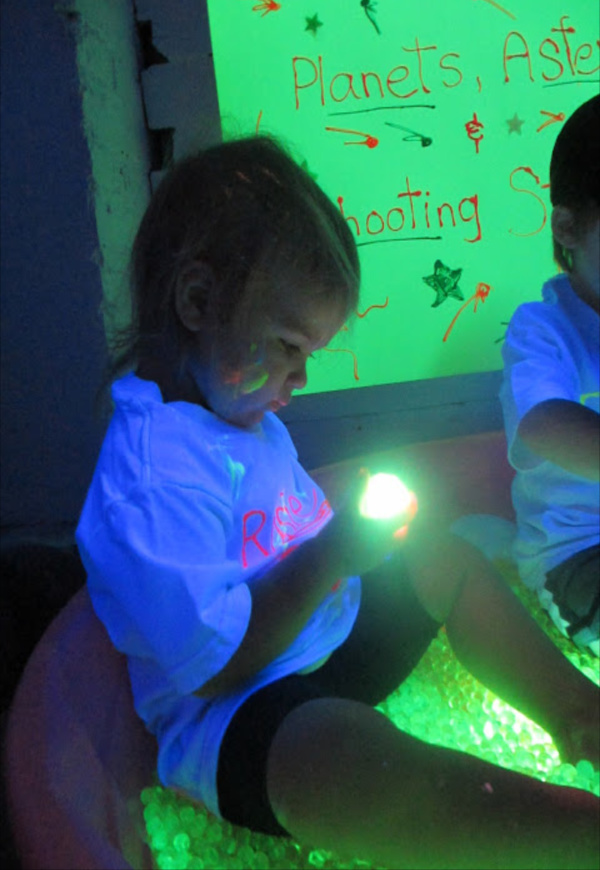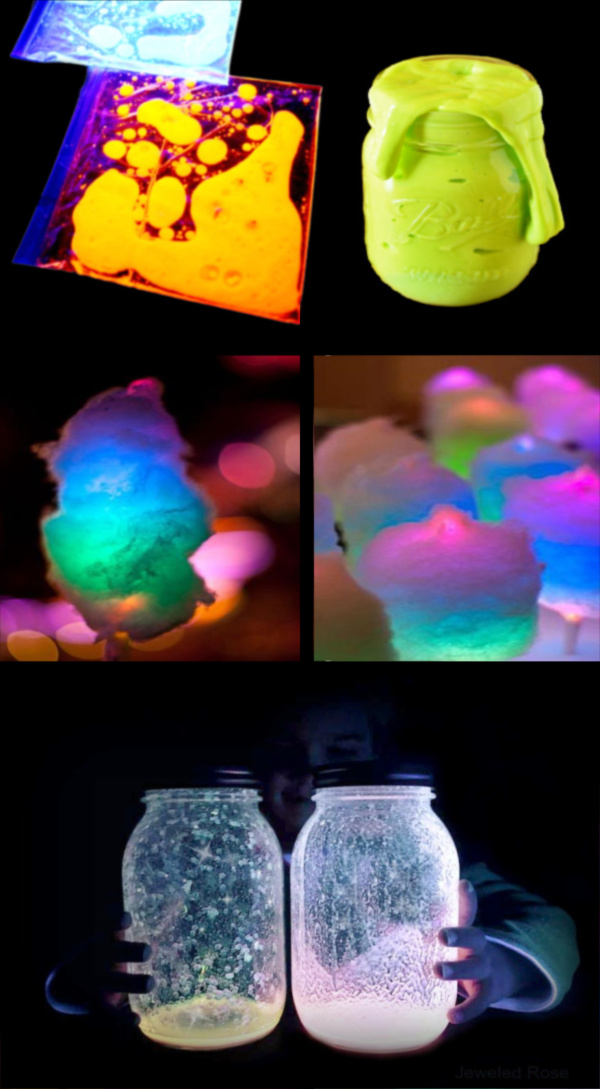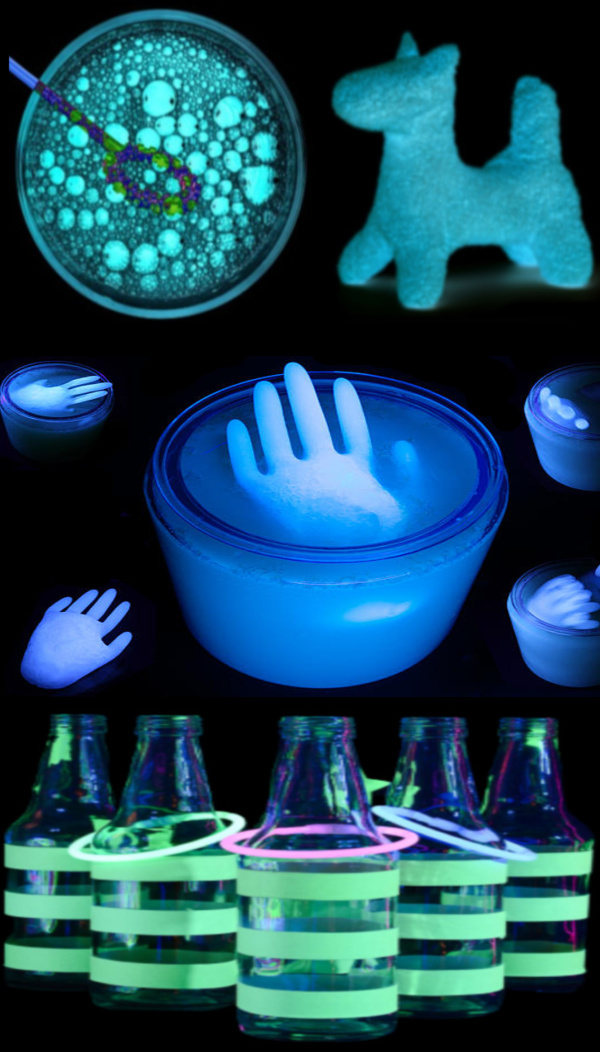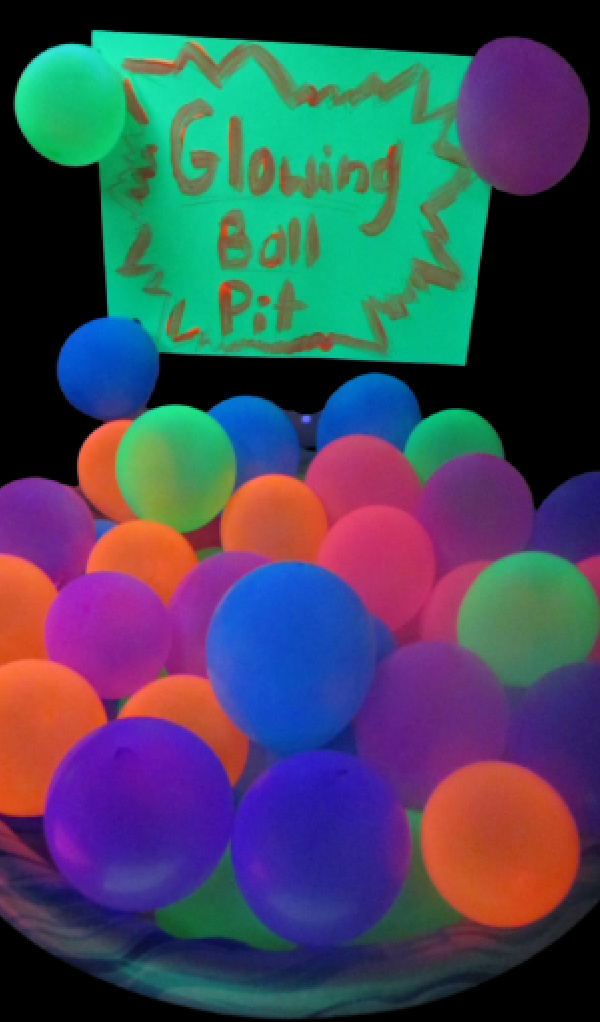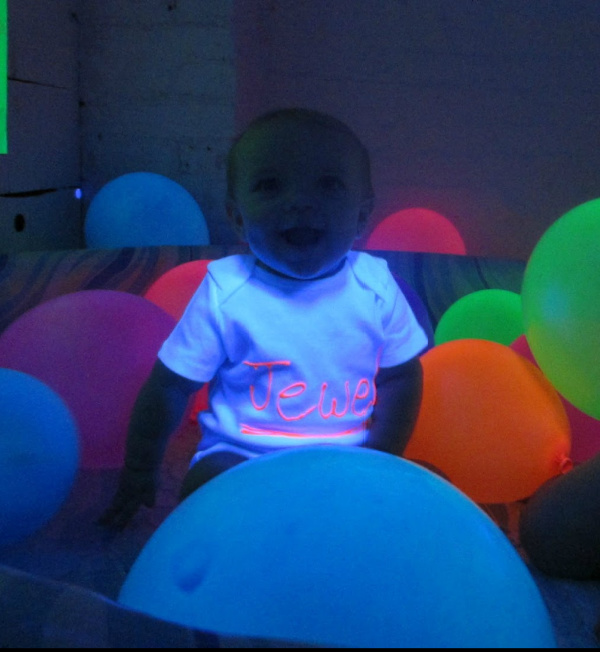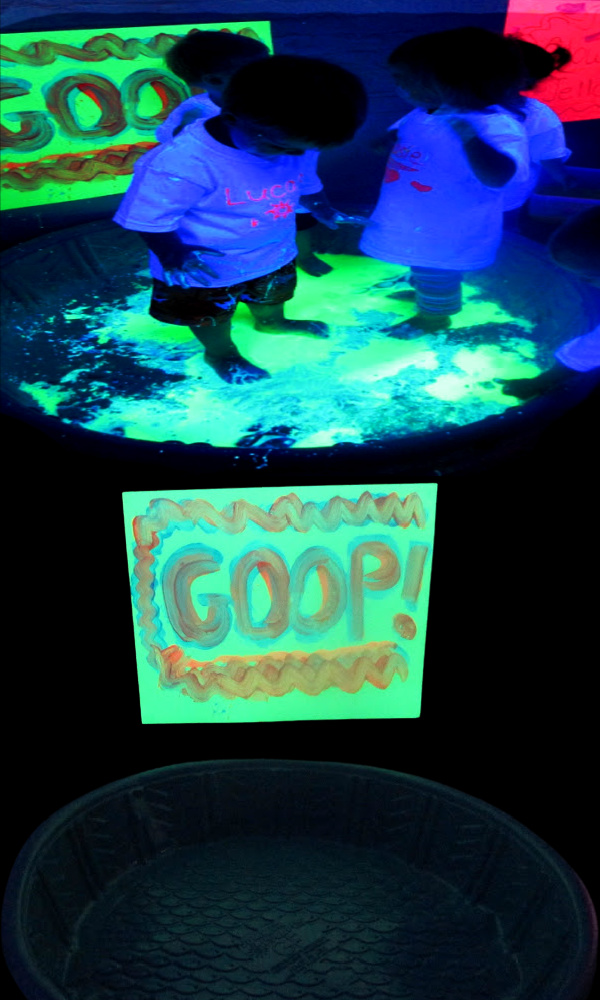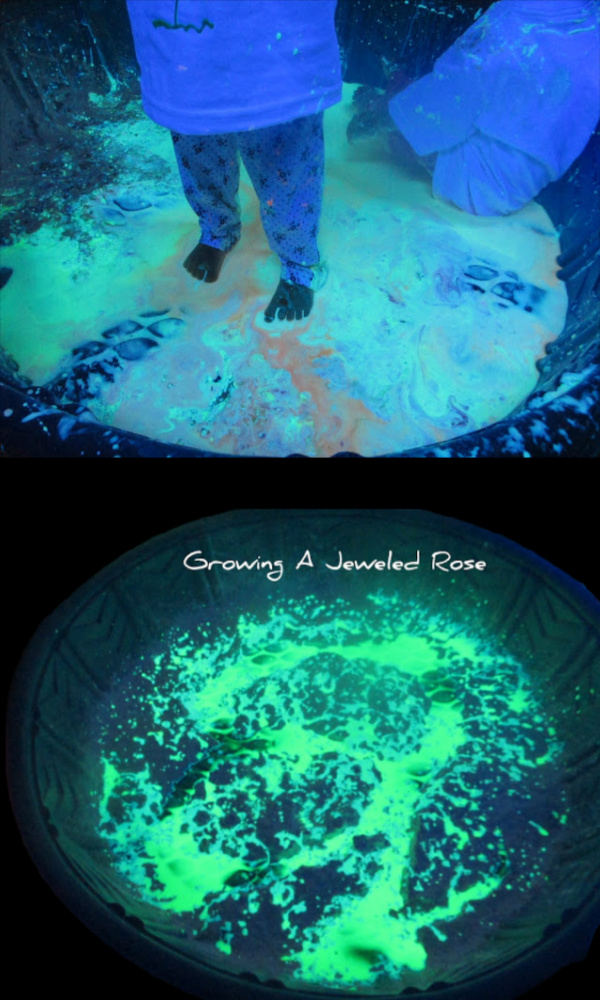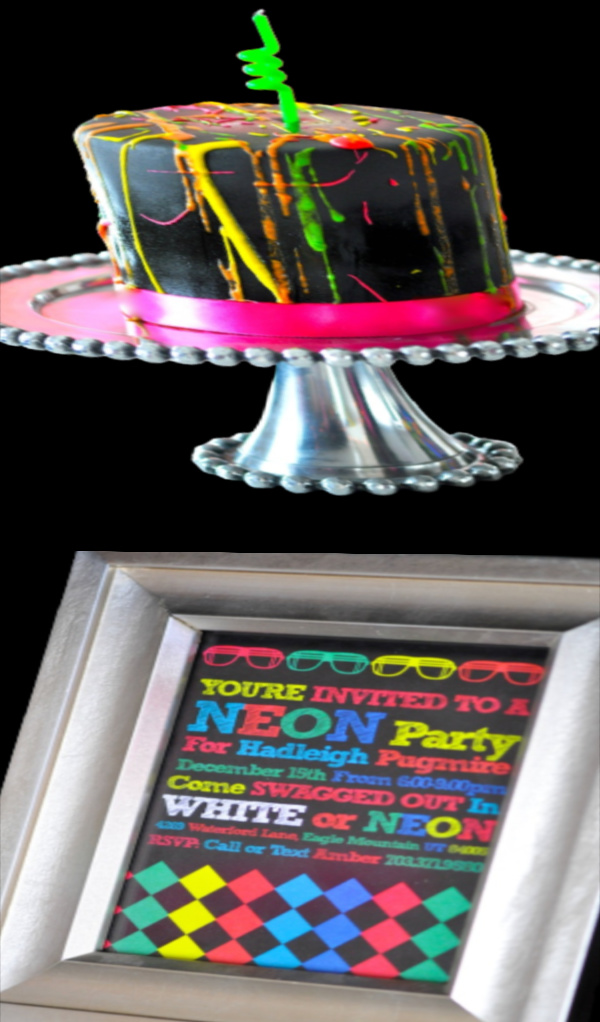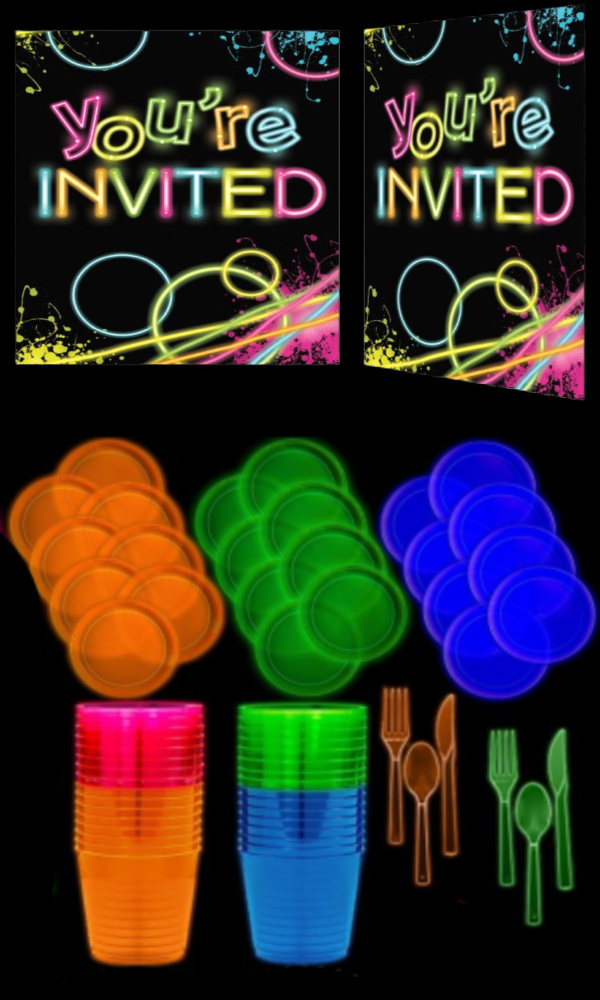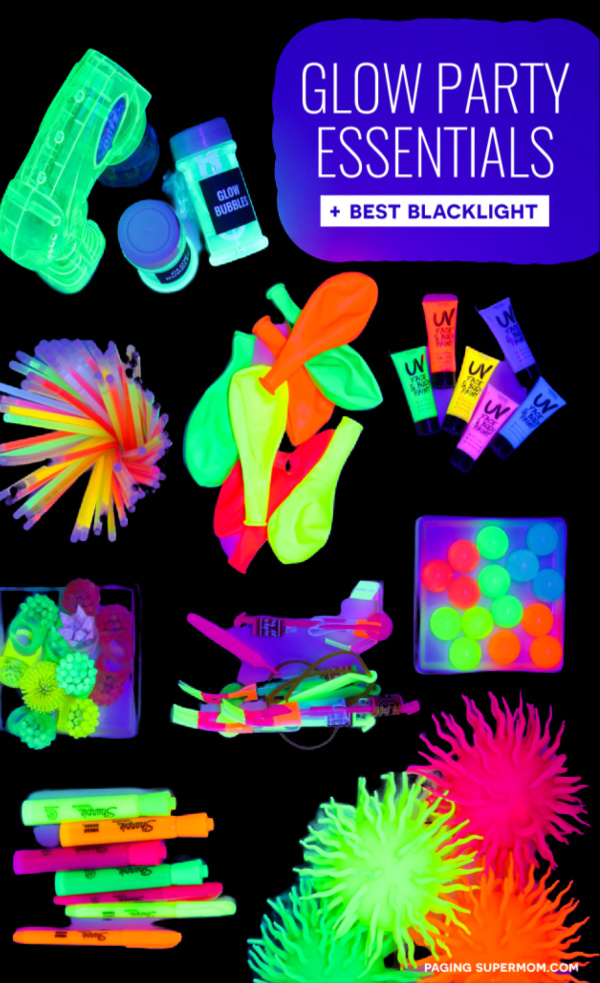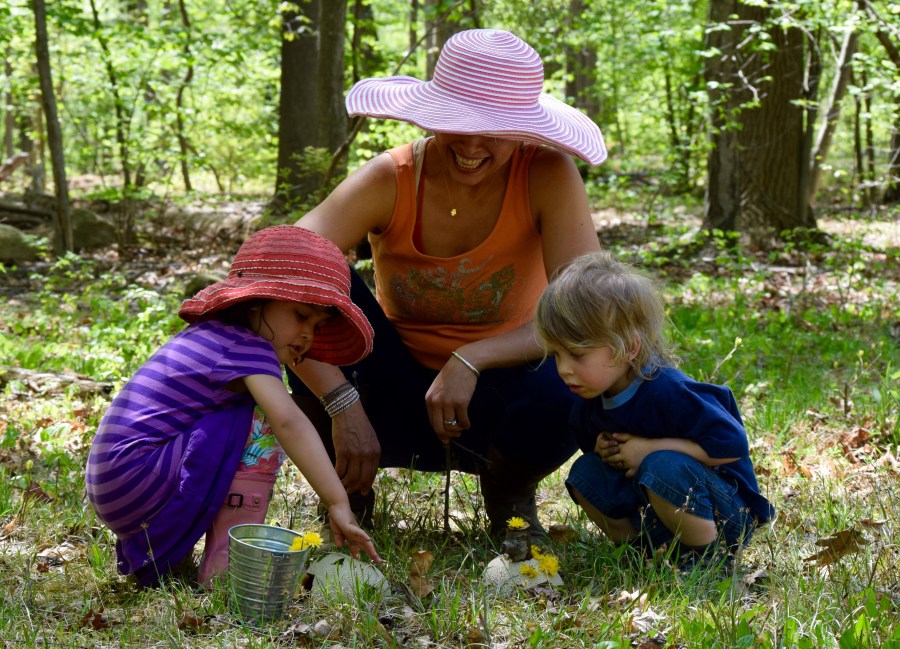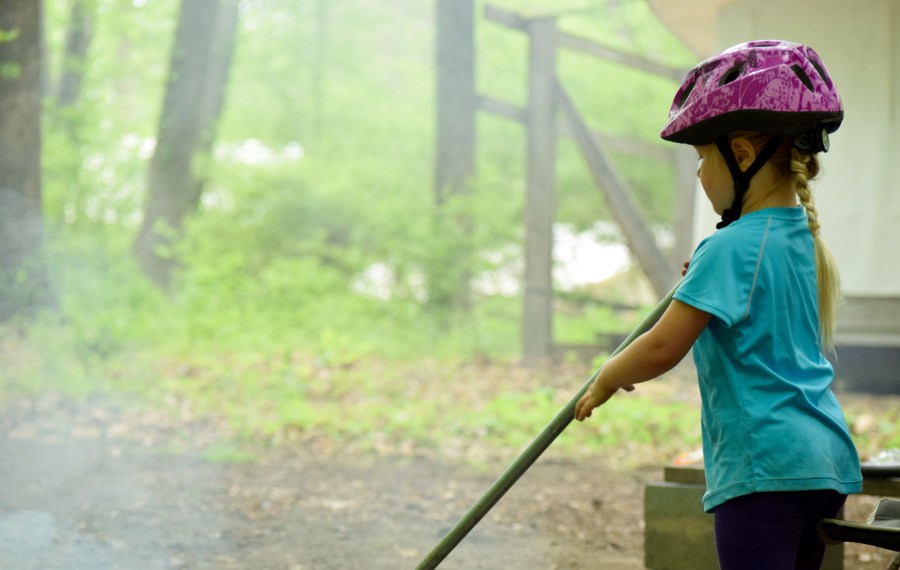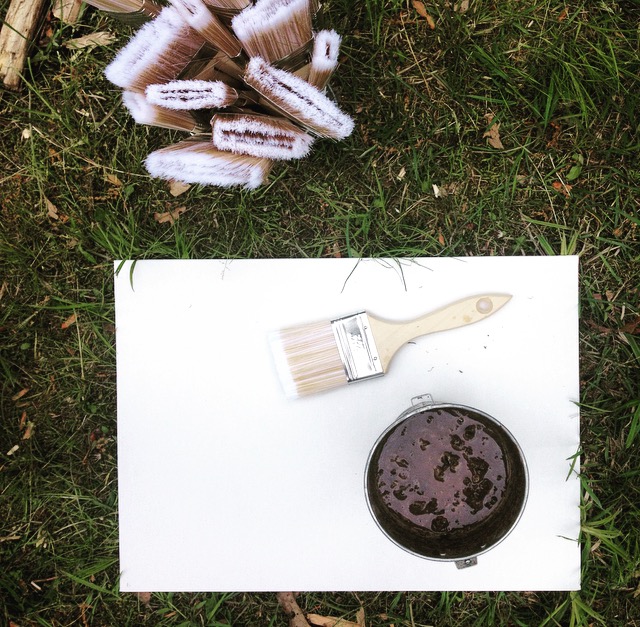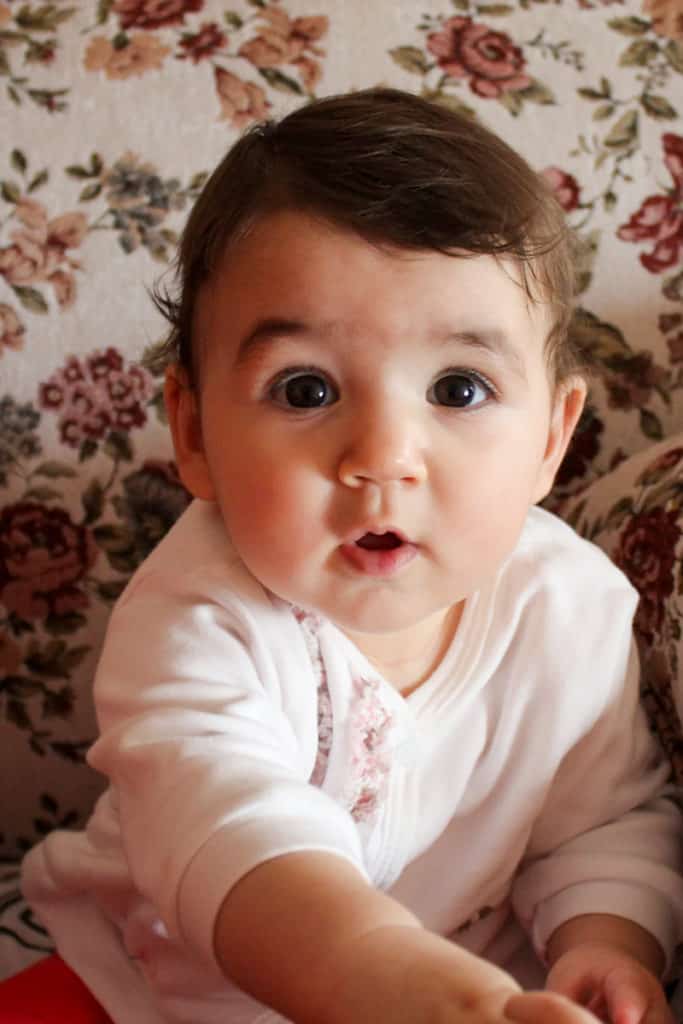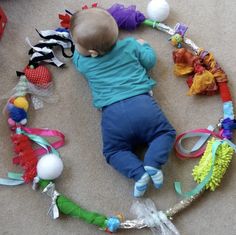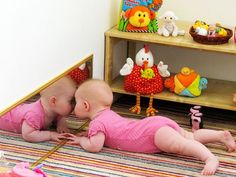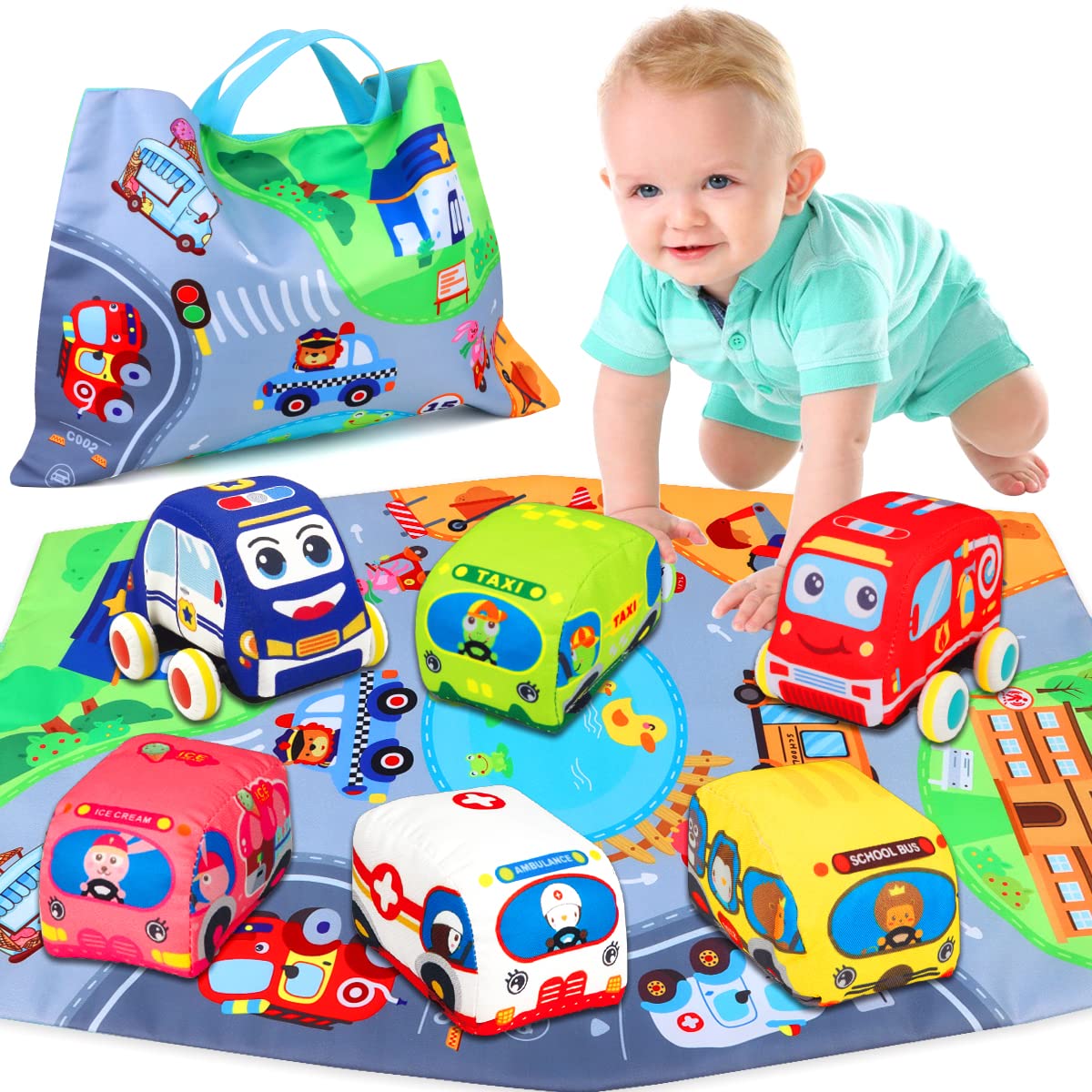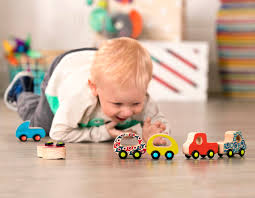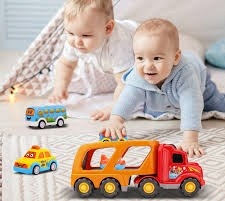Fabulous Physics
Exploring Playdough And Construction:

The most popular play dough accessories in our house have been gathered from the garden, or on woodland walks & beach trips. All these natural objects are great for sparking creativity & imagination, & provide a wide range of textures & scents to explore.
Our favorites are; fresh herbs, bay leaves, dried flowers, leaves (fresh & dried), grass, daisies, corn, barley, dried beans, flower seeds, shells, pebbles, & small pieces of driftwood.

Natural objects are also great for exploring patterns & shapes in the dough. We've found dried flowers (sea lavender, poppy heads, sunflower heads), pine cones, conkers (especially as they dry & wrinkle), acorns, beechnuts, walnuts & twigs/sticks all produce some great shapes & patterns.

My little girl's current favorite play dough accessories are shells! She is fascinated by the patterns they produce in the dough, & has used them in her small world play as trees, flowers, fish & fairy chairs!! I love how natural items can be transformed into so many different objects in a child's mind! They offer endless freedom to explore, imagine & create.

Using natural items also enables children to explore, & become familiar with the yearly patterns & changes that occur in the natural environment. Our lavender & sunflower seed dough gave us the opportunity to explore life cycles, as did our harvest dough.


Natural dough has so much to offer, & is so simple to make! Why not have a go at making some this week & take the Play Dough Pledge with us!

Color Mixing with Playdough
*We love to play our favorite color game to practice the names of colors and do lots of color mixing experiments to see what happens when we mix together two of the primary colors {red, blue and yellow}. Of all the color mixing we’ve done, our playdough color game was one of my boys’ favorites. It was hands-on, squishy and created fun new playdough colors they used to create sculptures later. And speaking of Playdough, check out our super fun Playdough Mats!

Making Our Playdough
First, we grabbed our largest pot and mixed together the ingredients for a triple batch of our favorite play dough recipe. I scooped one third of the uncooked mixture in a separate pot and placed another third of the mixture in another pot. That made three pots of the play dough mixture. It created a little extra cleaning but it helped make sure that the colors didn’t mix before we were ready.
The boys helped me add a teaspoon of red gel food coloring to one pot, a teaspoon of blue in the second portion and a teaspoon of yellow to the last third. We mixed the food coloring into each batch and then cooked them.

Making Secondary Colors
After the play dough cooled for several minutes, I gave my four year old one ball of red and one of blue. “What do you think will happen when you mix these two colors together?” I asked.
He thought for a moment. “They’ll make a new color! I bet it’ll turn green.”
“Let’s see!” I said. My son took pinches from both play dough balls and began squeezing them together. A minute later he was thrilled to start seeing the result.

He was so excited by the magic of it all he didn’t even care that he’d guessed incorrectly. My son eagerly switched the ball of red for a ball of yellow and started mixing again.
Our mixing experiment wrapped up when he squished together red and yellow to make orange.Combining play dough was a simple and exciting way to start learning about secondary colors.

Impact / Force and Physics
(Download aFREE printable version of these activities to share with families & friends)

1. Smash it with your hands.
This action is a great opportunity for pure sensory exploration. Start out with small amounts then increase. This is what I refer to as “making a playdough patch”. They will be able to use this skill almost every time you bring them playdough.

2. Smash it with a tool.
Potato smashers work well, and there are so many different kinds.

3. Pull it apart.
This is a good precursor for learning to tear paper later on.

4. Roll it with your hands.
Don’t expect your toddler to be able to roll a ball with coordinated motions at this age. Instead help them practice simply rolling the play dough back and forth to make an oblong form (snake, worm, hot dog…whatever you want to call it). This can be done between their hands as pictured below, or they can practice rolling it back and forth while the play dough is on the table (using either one or both hands).

5. Roll it with a tool
-Hands can be placed either directly on top of the rolling pin, or on the outer handles. There are benefits and challenges both to using full-sized rolling pins (as pictured below) as well as kid-sized play dough rolling pins. Don’t have a rolling pin? Use the side of a firm cup to roll instead.

6. Use cookie cutters
-I love using biscuit cutters with handles (as pictured below) for kids at this developmental stage because they are easy to grasp and push down on, but you can also use regular old cookie cutters. Don’t have any cookie cutters lying around? Simply flip over an open cup and show your toddler how to press it down into the play dough to make circles.

7. Poke it with your fingers
Fun way to explore while strengthening those index fingers.

8. Poke it with golf tees
Golf tees are great because they’re not sharp and they are just the right size for toddler hands. Don’t have golf tees? Try using straws that have been cut in half instead (thicker straws meant for milkshakes/smoothies might be easier at this stage).

9. Decorate it with baby safe items-
Older toddlers might enjoy hunting for partially (or fully) hidden items such as coins or beads within a lump of play dough. Just be sure you are wise about selecting items you are confident your toddler will not put in their mouth.



10. Make fun impressions in the play dough
-Gather some items from around the home and in the yard…leaves, pine cones, sturdy flowers, etc. Encourage your child to press them into the playdough, leaving impressions of the items. Pressing things into playdough is fun for kids to see the impression left behind. We always giggle when we use a household item for crafts. It makes them feel clever.

DIY Salt Dough Playdough Stamps
June 28, 2016
My focus this year is on experiences. I want my little ones to have as many experiences as possible! I want them to touch, see, explore, play with and experience as many things as possible. With a strong base of experiences established, and a healthy dose of curiosity preserved, I know it will help them with all areas of their lives. For now and the future. And it is fun.
We have been exploring and playing a lot with textures lately. We made these textured owls (which were a hoot!). And we have been playing with salt dough, play dough, and clay almost daily. I was mentioning to John (okay, I was complaining) that I wish we had some sturdy stamps to use without dough. Some durable ones that would stand up to time and make some really neat textures in the dough – but anything I could find was very expensive! The very next day, as we were playing with salt dough I realized a very simple solution. We could very easily make them!
I made a very simple, incredibly durable, and completely individualized set of salt dough stamps for well under $1.
And it was fun! At rest time I whipped up a batch of salt dough.
I simply grabbed a small handful of the salt dough, rolled it into a little thick snake, and flattened the ends on the table top. I opted to make these stamps quite chunky, ideal for my toddlers little hands, and durable too. Yes, durable seems to be the name of the game with these little boys of mine.

Next, I used a sharp knife and a fork to make different marks, lines, and dots. Since my little ones are quite enjoying playing with textures that was the focus of these stamps. I also made a few shape stamps, and a little smiling mouth too. I tried to make a chicken, but failed miserably. Of course if you are extra artsy you could do anything! (And maybe please make me a chicken?)

I made shape stamps in 2 ways. First of all I carved the shape into the stamp with a sharp knife. The second way was to make the little shape out of salt dough and stick it to the top of the stamp. Both work very well, and give very different imprints – again giving my little ones the experience of what shape, outline, and make which imprints in dough.
I then baked them on a very cold, chilly, autumn day in the oven set to 250 for 3 hours. I made sure they were very dry.
And that’s it! Well, actually of course, that was just the beginning … then we played with the stamps. My little ones have been playing with depth, texture, improving fine motor skills, practicing patterns, using descriptive words, and experiencing oodles through open play with these little stamps.

A simple, inexpensive way to provide my little ones with some great experiences ~ and all for under $1. That makes any Mama happy!
Recommended


Playdough Impressions Playdough Activities for Kids!
Read More

Lavender No Cook Homemade Playdough: A Soothing Sensory Play Experience
Read More

Play-dough and Nature Activities
Play dough and natural materials are the perfect combination! They allow kids to be creative as they experiment with different colors, smells and textures. It is a simple activity to set up, because all you need is play dough and materials you can collect on a nature hunt in your backyard or nearby park.

Some natural materials you can use with play dough include:
bamboo, bark, driftwood, sticks, wood rounds
flowers, grass, leaves and moss
acorns, conkers, gum nuts, pine cones, seed pods, walnuts
pebbles, rocks and stones
dirt and sand
feathers and shells

You can make your own natural play dough at home and add all kinds of different sensory ingredients, including:
cocoa, coffee and tea
bulgur wheat, dried beans, lentils, oats, barley, popping corn, rice, split peas
poppy seeds, pumpkin seeds, sesame seeds, sunflower seeds
bay leaves, cinnamon, cloves, ginger, lavender, mint, nutmeg, paprika, rosemary
eucalyptus/lemon/orange/peppermint/rose essential oils

Some fruits, vegetables and herbs/spices you can use to naturally dye play dough include:
pink – beetroot, plums, raspberries, strawberries
purple – blueberries, blackberries, red cabbage
yellow/orange – carrot, onion skins, paprika, turmeric
green – spinach, matcha or spirulina powder
brown – bark, cocoa, coffee, fennel


Here are some of our favorite ideas for play dough and nature activities for kids

Playdough and nature activities your kids will love from Mother Natured

Natural play dough recipes – with nature play ideas from Sun Hats & Wellie Boots

Playdough nature landscapes from Be a Fun Mum

Play Doh play using natural materials from Kidspot

Outdoor play dough invitation to createfrom Toddler at Play

Build a bird nest from Mama’s Happy Hive

Nature’s stampers: impressions in play dough from Danya Banya

Spring tree play dough invitation from Fantastic Fun and Learning

Garden flower play doughfrom NurtureStore

Natural playdough from Squiggles & Bubbles

Sand play dough with loose partsfrom Mama Papa Bubba

Jungle play dough from Picklebums

12 Play Dough Activity Ideas to Nurture Creativity
Do you have a baby who seeks out creative and sensory play? Play dough is the perfect way for them to explore their creativity. It helps with cognitive and fine motor skills while stimulating the senses.

I’m sharing 12 fun play dough activity ideas that your little one will adore. These activities are open-ended, so toddlers can play and explore as long as they want.
Play Dough + Mirrors
All you need is play dough and a mirror or mirrored tray. Place the dough directly on the mirror.
Your toddler can explore reflections and shadows while playing with dough.
Alternative: Prop the mirror up in front of the dough so your toddler can view their creations from different angles.
Play Dough + Nature Items
Add nature items such as pinecones, twigs, stones, acorn hats, shells, leaves, and flowers to dough play.
This is an excellent way for toddlers to explore nature and learn about different textures and shapes. Show your toddler how to gently press the objects into the dough to explore impressions and patterns.
Pretend Play with Dough
This is a great activity for toddlers who love to pretend play. Play dough can become a prop as part of an imaginative game.
Try offering:
cookie cutters
pie pans
silicone baking items
muffin liners
pizza cutters
citrus presses
aprons
oven mitts
toy tools
Pipe Cleaners + Dough Sculptures
This is a great activity for toddlers who love to play with pipe cleaners. They can use the pipe cleaners to create sculptures out of play dough.
Utensils + Dough
This is for toddlers who love using child-sized (or regular-sized) tools. Use play dough play as an opportunity for your toddler to practice using tools.
Show your toddler how they can use scissors, butter knives (plastic if you’re worried), tweezers, and more to play with the play dough.
Play Dough + Straws
Your toddler can explore dough using paper, plastic, and reusable straws.
Wrap straws in dough
Poke dough and explore holes
Explore how differences between different types of straws
Create sculptures using cut pieces of straws
Textured Play Dough
Add sand, glitter, or even rice to play dough to create new textures for your toddler to explore.
Rice and grains will absorb the moisture from the dough. So, maybe save this for dough that’s at the end of its use.
Dough + Object Prints
This activity helps toddlers investigate familiar objects in a new way. Offer your toddler some household loose parts and show them how to make impressions in the dough.
Explore patterns of items such as combs, keys, legos, fabric squares, or large buttons.
This activity gives toddlers information they can use for more complex dough creations in the future.
Check out the Loose Parts Material List for Early Learners for more ideas.
Play Dough + Toy Figures
For toddlers who love small world play, introduce toy animals, insects, people, or action figures to dough play. This adds an extra level of imagination and creativity.
Alternative: Toy cars, construction, or tractors
Dough Press + Smash
This activity takes a little extra preparation. It’s a great play dough activity for toddlers learning about their own strength or toddlers who are not comfortable touching dough. Toddlers get to experience dough through an entirely different sensation.
You will need two sheets of wax paper or parchment paper, approximately one foot long.
Place the dough between the sheets of paper and invite your toddler to press and smash the dough.
Alternatives for this activity include:
Use a rolling pin
Walk or stand on the paper and dough
Smash with a toy hammer
Color Mixing with Play Dough
This might sound monstrous, but mixing different doughs is an incredible learning experience. Mixing colors introduces essential art principles that toddlers will use for a lifetime.
You can offer a muffin tin or sorting tray during this activity. This can prompt your toddler to sort out colors as they mix them.
Blocks + Dough
This is a unique twist on block play. Use the play dough between blocks while building.
The dough can also be used on the outside of block structures to create doors, windows, or any other brilliant ideas your toddler has.
When Can they Start Using Play Dough?
Typically by 6 months can start using play dough, if you use homemade and non-toxic doiughs. Until then, you can help them explore the play dough by:
Choose a non-toxic play dough or make your own at home.
How to Play With Play Dough
For toddlers and three-year-olds, dough activities should be incredibly open-ended. They are still investigating different ways to play with dough at this age.
Littles are also starting to learn about objects and their own abilities, so give them lots of opportunities to explore.
Here are some tips for play dough play:
Give them a small amount of play dough to start with. You can always give them more if they want it.
Let them play with the dough however they want, within safe boundaries.
Encourage them to use their imagination and creativity.
Let them explore the dough with their fingers, hands, and tools.
Help them understand that play dough can be molded into any shape they want.
Be patient and let them take their time. They will learn through play and trial and error.
Play dough is a great way to promote creativity and sensory learning in toddlers. The activities suggested in this blog post are just a few of the many possibilities. Be patient and let your toddler explore the play dough, adding props and ideas to deepen their learning. Enjoy!
Planting a Playdough Garden

You all know we love play dough around here!!
I love trying to find new ways to use our homemade play dough. Some of my favorite are Mr. Play Dough Head and making birthday cupcakes!
This pretend garden ranks right up there, though.

Sweet Girl and I planted a play dough garden using our homemade chocolate play dough as "mud", some plastic flowers and various pots.

This one she made just for me....awww.

These ice cube molds (from Ikea a while back) worked out perfectly for planting some of the smaller flowers.

It's just good ole play dough fun!
Science Play:
Physics and Construction
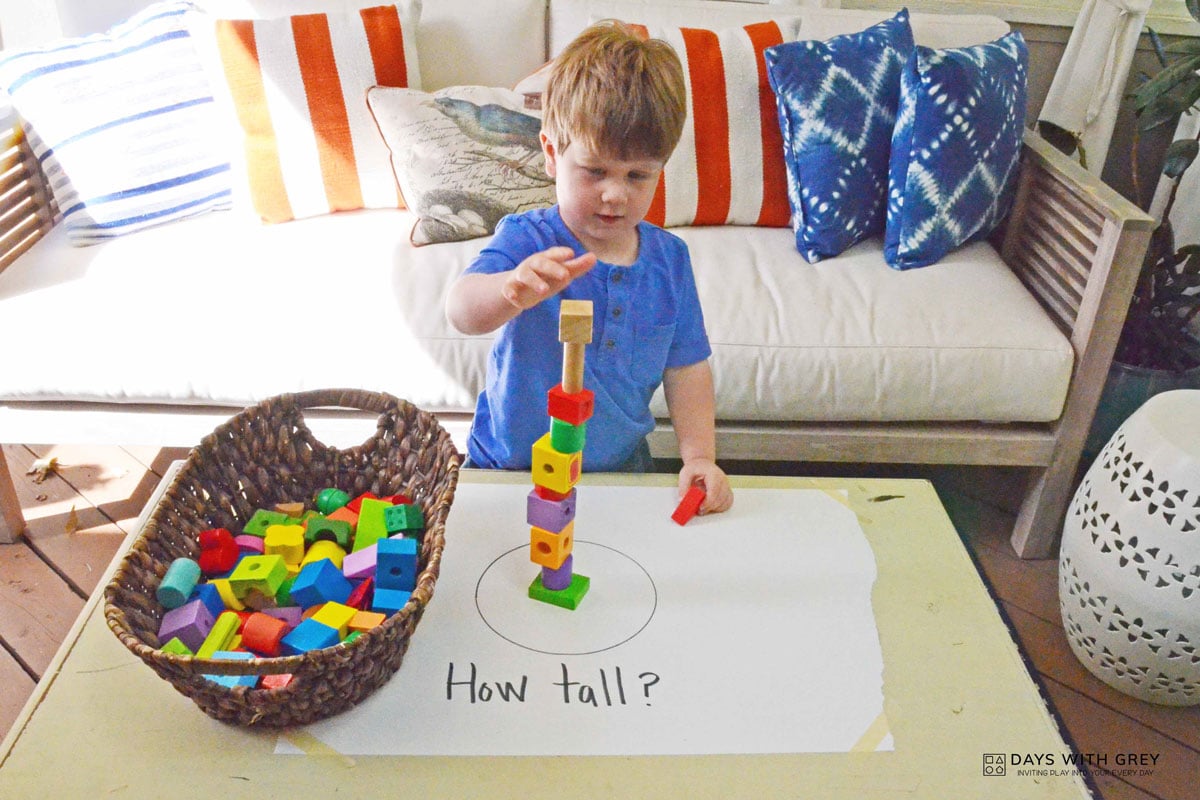
By using creative block activities in play, children can thrive in their skill development. Here, we’ll discuss how and why building with blocks is so powerful in the development of kids. We’re covering all things building block activities and exactly HOW to maximize skills like fine motor skills, visual perception, and even social emotional skills…all with toy blocks!
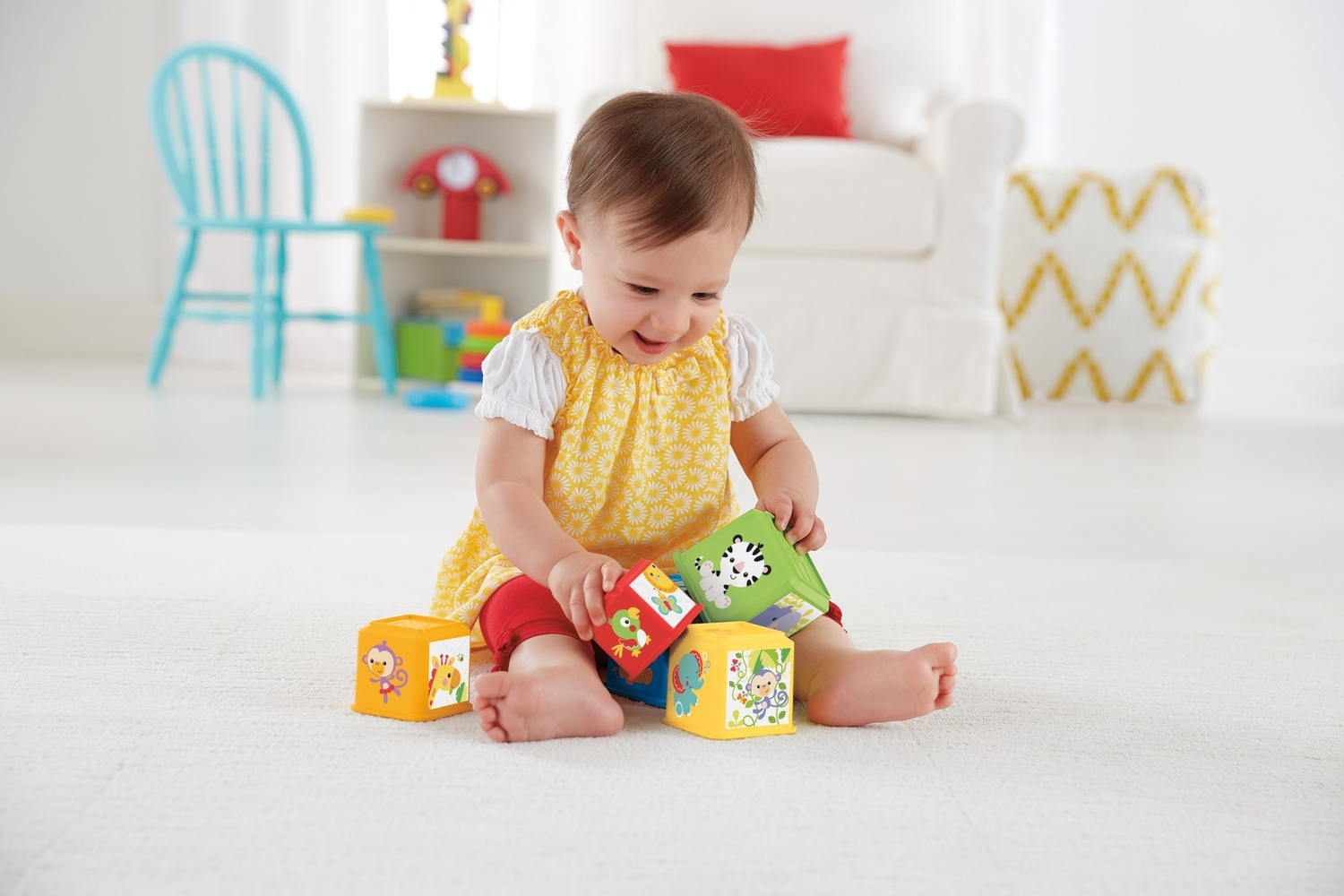
Block play for infants is when children open-endedly play with blocks without rules or guidelines.
and in the Classroom
If you’re looking for a timeless toy that helps develop many skills, look no further (and put your migraine pills away)—blocks are your answer. As it turns out, block play encourages fine motor and gross motor skills, cognitive development, mathematical awareness, and even social-emotional learning. As seemingly simple as blocks are, they pack a big punch when it comes to early childhood development.
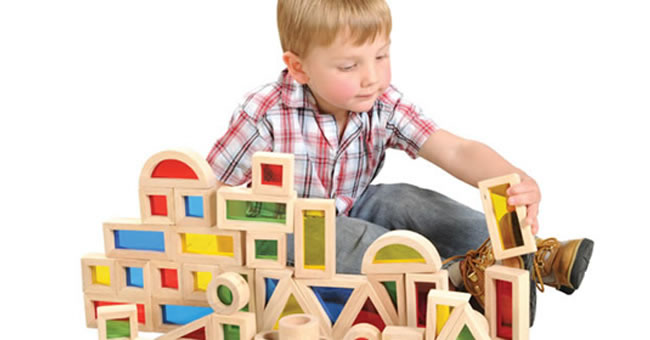
Block play has long been a favorite learning center in preschool classrooms and child care centers, but it can also be used in homes or both preschool and elementary classrooms to promote STEM. A major benefit of using block play to promote science, technology, engineering, and mathematics is the versatile learning opportunities block play presents. Children can learn a variety of skills and gain a more comprehensive understanding of the concepts they are learning in class by playing with blocks. In regards to STEM, block play helps children nurture and develop skills in each discipline:
Science
Sharon MacDonald explains in Block Play: The Complete Guide to Learning and Playing with Blocks that children can explore cause and effect and learn about gravity, stability, weight, and balance as they play with blocks in the classroom. Inductive thinking, experimentation, properties of matter, and inclined planes can be incorporated into block play in elementary school.
Technology
Block play can help children develop the fine and gross motor skills they need to use technological devices. Having a classroom camera that children can use to take pictures of their designs and structures can also help children learn technology skills.
Engineering
You can use blocks or other building items, such as Magna-Tiles®, to help children learn about engineering concepts and develop problem-solving skills. Children can learn about architecture and the names and functions of different buildings and bridges as they build their own unique structures. They can also experiment with different designs and learn why some designs work and others fall down.
Mathematics
Block play helps children learn to express quantities and measurements, sort and match objects based on similarities and differences, and understand basic math concepts (numbers, shapes, counting, addition, subtraction, etc.). You can also use block play to help older children learn about fractions, symmetry, graphing, classification, and other mathematical concepts.
If you follow the STEAM philosophy, designing and building block structures also provides various art opportunities for children by encouraging them to think creatively. You can also have children paint and decorate homemade block items as a related activity.
Keep in mind that block play can help children nurture and develop a variety of other skills that are important to their overall development and success. Social-emotional skills (working with others, taking initiative, respecting others, etc.), language and literacy skills (learning new vocabulary words, exchanging ideas, naming buildings, etc.), and social studies skills (learning about the community, understanding people and their work, role playing, etc.) are just a few examples of the additional learning opportunities block play provides children.
Check out Block Play: The Complete Guide to Learning and Playing with Blocks for a variety of block play activities. Our block play section will also help you find blocks and other building materials that you can incorporate into your preschool and elementary classroom.
Baby STEAM Play:
Introducing Blocks
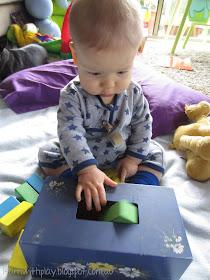
Materials: Tissue box holder or tissue box with bottom cut out & wooden blocks that fit the gap
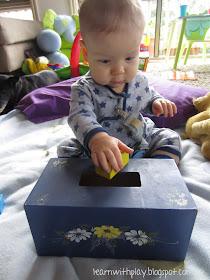
In goes the block. But where has it gone?
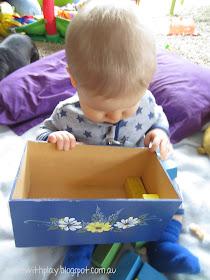
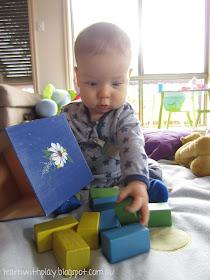
Ahh ha! There they are!
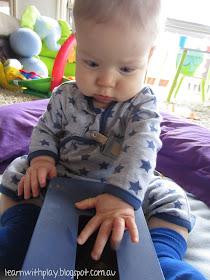
What Is Block Play?
Block play is allowing children to open-endedly play with blocks without giving them a set of rules or guidelines. While children are engaged in block play, they should use THEIR imaginations to construct or deconstruct whatever they like. Most importantly, during block play, children should experience the freedom and praise for trying their own new ideas.
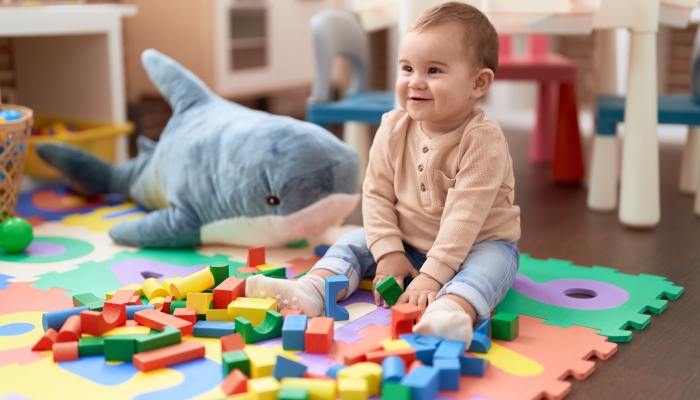
Block Play in Babies & Toddlers
Feeling blocks with their hands
Passing blocks from one hand to the other
Banging blocks together
Putting blocks in their mouth
Putting blocks into containers
Carrying blocks from one place to another
Dumping out blocks from a container
Searching for a hidden block (i.e. under a blanket or behind another object)
Stacking blocks as high as they can and then knocking them over
There’s more. By building with blocks, kids are establishing concepts of cause and effect (that tower falls down if I build it too high), reasoning (I need to place the blocks flat on each other so they don’t topple over), and creativity, self-esteem, STEM concepts, earlymath, language, and motor planning. Wow!
A way to get an early start on building with blocks is to use soft blocks or or sponges. These ideas are popular because almost everywhere that you visit, they usually have sponges. Sponges are easy to pack and transport in a baggy in the diaper bag so you have them to occupy your baby anywhere. Russ is very mechanically inclined. Hope was playing with Rokenbok by age four…despite her dyslexia. She also figured out fractions when she was five. That's because we found safe ways for her to gain STEAM skills early.
Which brings up another point. If your child has piqued an interest and has the opportunity and ability to advance their skills, follow your child's development rather than a chart. Challenge them at the level they are currently at. It’s imperative to their development to nurture their strengths and individuality at the moment. Being a known developmentalist, I have always adhered to that in the classroom and at home because we don’t want them to become complacent on something they are gifted in.
My point is that laying a firm foundation of what your child excels at and enjoys is always a good idea.
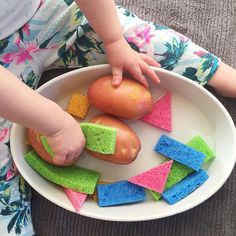
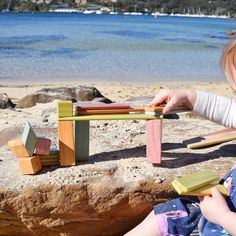
Why is Playing With
Blocks Useful?
Construction and Building – It allows your children to build whatever they want in various ways, making it a great STEM activity.
Encourages exploration – Young learners explore ideas and make connections to prior knowledge.
Inspires constructive play and problem-solving – “Ooh, I wonder what happens when I do this? Why does it keep falling over when I do that?” Children create questions on their own to complete a task or solve a problem. Preschoolers now have to problem-solve and predict how many blocks they will need before they begin the activity.
Open-ended – Blocks are open-ended materials that encourage children to be creative and explore three-dimensional materials to develop critical thinking. This thinking is crucial for helping our preschoolers better understand how to extend thinking and make connections to what they have already learned.
Supports inquiry-based learning – Inquiry-based learning is active learning that is started by asking questions and requires thinking skills to continue, building upon prior knowledge. Using it in block play prompts predicting, experimenting, and explaining.
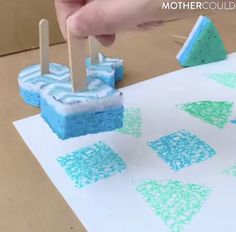
30+ SPONGE BLOCK ACTIVITIES
Inside: This collection of sponge activities are not only fun, but also build a variety of skills!
You know those times when you are looking for a simple activity that uses something you already have on hand? That’s exactly what this collection of sponge activities is all about.
Who knew that a common household item, a sponge, could be part of so many different skill-building activities?
Your children will work on shapes, fine and large motors, color recognition, sensory, art, and much more.
So grab those sponges and have some fun!
Ways You Can Use Sponges for STEAM Activities With Water
Let’s start with an obvious one, water. Sponges and water go hand in hand. Try mixing it up though and add color to the water or make the water bubbly. Demonstrate different ways to use the sponge as you narrate what you are doing (ie. “Look, I’m going to get the sponge really wet. Now I’m going to hold it up high and squeeze, squeeze, squeeze. Look how the water is falling. Reminds me of rain…”). It’s also fun to have a variety of types of sponges in the water. Some may hold water better than the others. You can even add in scientific terms like “absorb” or “dense.”
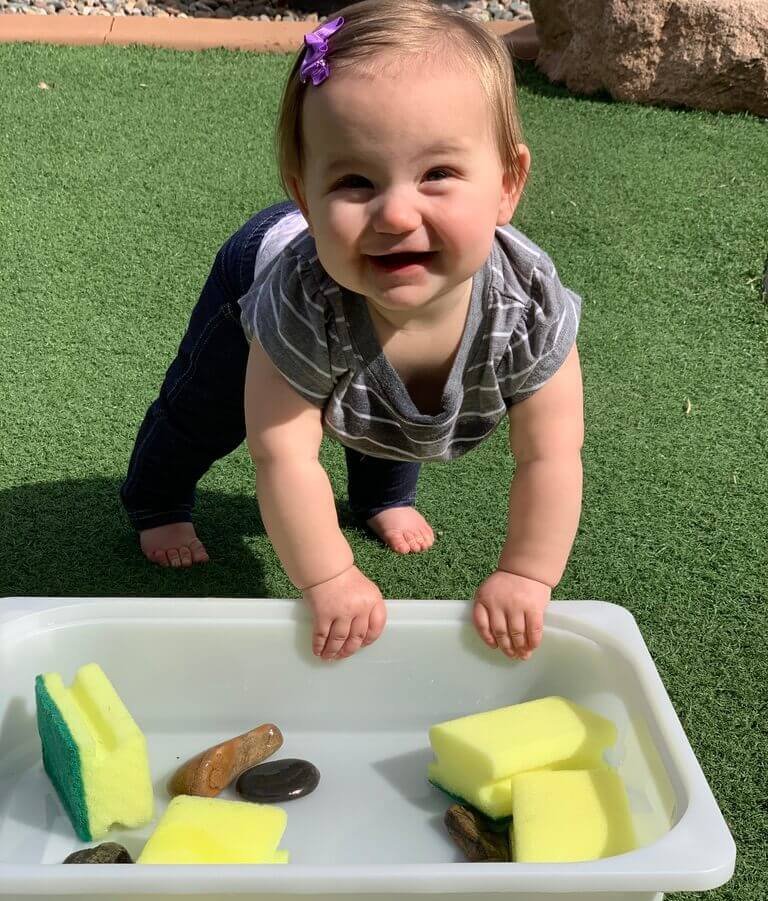
With Cars
Adding cars with sponges can create opportunities for pretend play. They might build roads, tunnels, parking spots, garages, etc. for their cars. You may also want to do a car wash. Typically, children won’t build actual things and use props with their play until they are about 3 years old. Doesn’t mean you can’t play with cars and sponges when they are younger though. Your role will look different. You may be doing more modeling and narrating while they explore the items themselves when they are younger than 3. Watch to see what they are doing before you intervene and don’t force them to play a certain way.
With Animals
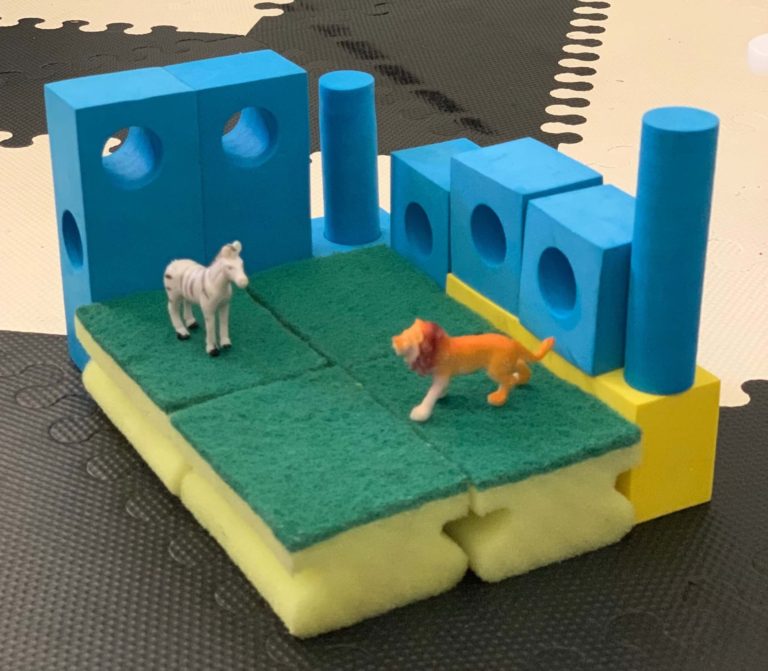
As with cars, adding animals to sponges can create opportunities for pretend play. You can now build beds, dens, nests, caves, and other animal homes with the sponges. You may also want to give the animals a bath so add them to some soapy water.
Build Towers
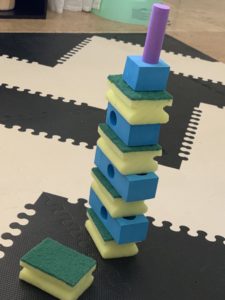
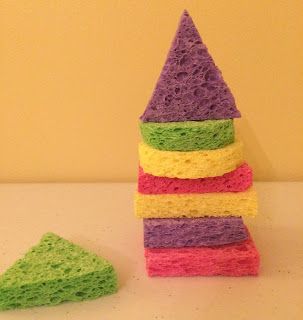
One of my current favorite games with my 7 month old is how tall can I build this tower until she knocks it over. We do this with foam blocks, wooden blocks, and, hey, we can even do it with sponges. You can build with wet or dry sponges. Your toddler or preschooler might enjoy building the towers themselves, or may even come up with more complicated structures.
Make Puzzles

Cut your sponges into simple shapes and make them into puzzles. You can make more complex shapes depending on the developmental level of your child. You can also cut them into Tangrams to build with.
Using Sponges to Paint With Edible Paint Or Colored Water
Use the shapes you cut when making your sponge puzzles and then dip them into edible paint. An alternative to edible paint is non-toxic tempera or colored water. We used water with food coloring. When we painted with sponges I made sure to tape the paper down and I showed Miss 9 months how to stamp the paper with the sponge. Best part was when she inevitably put the sponge in her mouth, it was completely taste safe. You can stamp them onto paper or simply let the activity be a sensory process art experience.
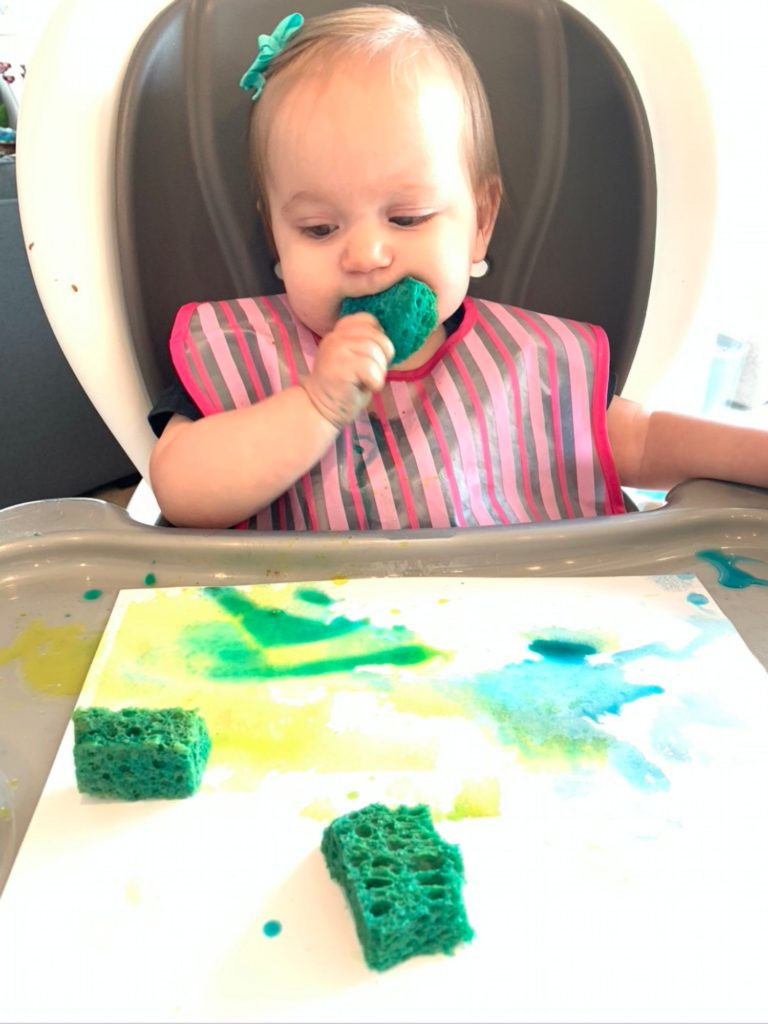
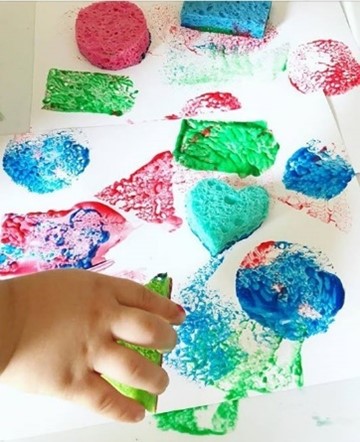
Stick Them To The Window
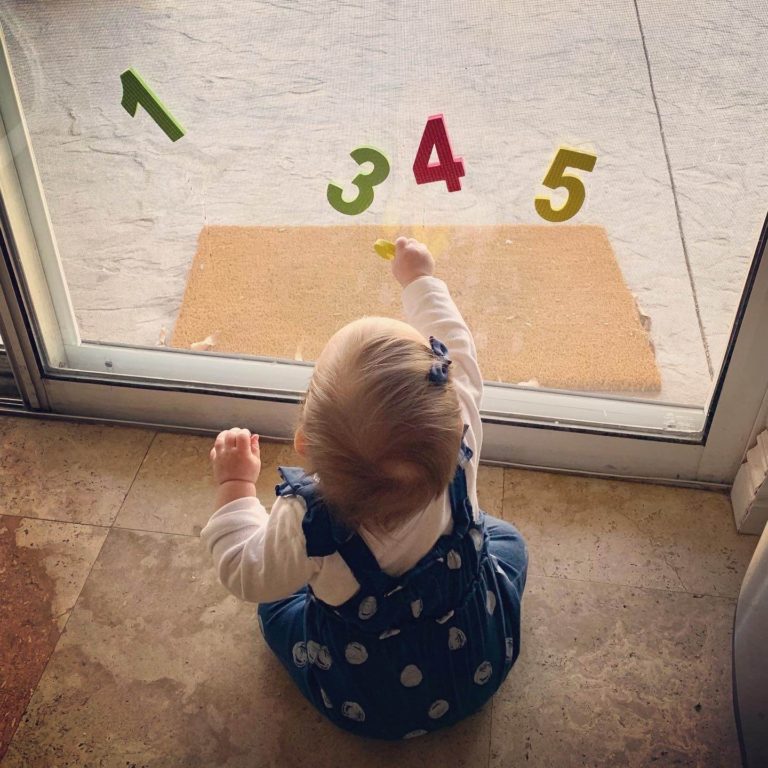
Ok, I originally saw this idea from @Play_at_home_mummy on Instagram and ran to the dollar store to buy some sponges. While at the dollar store, I found some foam numbers and thought they might work like sponges on the window. Sure enough they did. My 7 month old loved grabbing the foam numbers and putting them directly into her mouth. This kept her busy long enough for me to empty the dishwasher. These are also really fun at bath time.

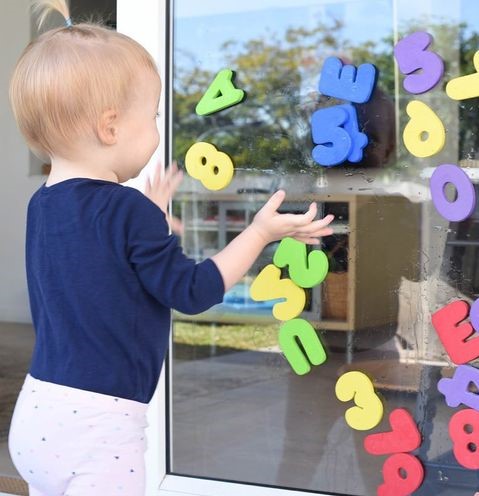
Dry/Wet Sensory Play
Mix up the wet sponge play by adding a few dry ones in the mix. Talking about the difference is a great way to create those neural pathways for a better understanding of the words and concepts of “wet” and “dry.” My 7 month old definitely preferred the wet ones though.
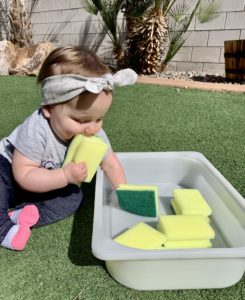
The beauty of having multiple ideas in your “toolbox” is that not every child is the same or is engaged with the same experiences. Also, developmental levels can affect a child’s engagement level. Try an activity one day with no interest at all and the next week they can play for hours…ok, let’s be real for at least several minutes. Plus, babies and young children have about a millisecond attention span so you may even decide to do all of these activities on the same day.
25+ More STEAM Sponge Activities
These fun activities using sponges are categorized by the skills being built. Pick one and try it today!
Make sure to also check out this collection: How to Build Fine Motor Development Using Household Utensils
Make your own shape stamps. (Powerful Mothering)
Clip to clothespins for some extra fine motor fun while painting. (Busy Toddler)
Transfer waterwith sponges. (Live Well Play Together)
Clip clothespins to sponges. (Learning 4 Kids)
Work on visual motor integration skillswhile making sponge tangrams. (The OT Toolbox)
LARGE MOTOR
Get the body moving during a sponge relay. (I Can Teach My Child)
Focus on colors while matching colored sponges with Lego bricks. (Learn with Play at Home)
Add sponges to a water sensory bin for fine motor fun.
Use sponges to wash plastic animals.
Press on sponges full of water and soap. (Share & Remember)
ART
Make a rainbow across paper.
Shape the sponge to make butterfly prints. (The Craft Train)
Have fun with this tape resist sponge painting activity. (Crafty Kids at Home)
Make ice cream cones. (Fantastic Fun and Learning)
SCIENCE
Use sponges as loose parts in the playroom. (Happy Hooligans)
Cut sponges into strips and make towers. (Toddler Approved)
Make an air pressure experiment. (Kids Activities)
Place a sponge on top of a jar for a fun rain cloud science activity. (A Dab of Glue Will Do)
Explore absorption using water and sponges. (Little Bins for Little Hands)
STEAM
Make a balloon powered sponge boat. (The Craft Train)
Use sponges to make asprout house. (The STEM Laboratory)
OUTDOORS
Have fun making super soaker sponge balls. (Natural Beach Living)
Work on aimwhile throwing a sponge at a target. (Busy Toddler)
Keep the kids active and cool while tossing wet sponges. (The Resourceful Mama)
There’s more. By building with blocks, kids are establishing concepts of cause and effect (that tower falls down if I build it too high), reasoning (I need to place the blocks flat on each other so they don’t topple over), and creativity, self-esteem, STEM concepts, early math, language, and motor planning. Wow!
Today, we are discussing the various ways to play with blocks that build more than wooden buildings…blocks build skills!
The latest addition to our collection was the foam block. While offering a variety of blocks has its benefits, using each kind of block in different ways offers additional advantages for building math and critical thinking skills. Lately we've been using our foam blocks in some non-traditional ways.
Floating Structures
All you need to add is water, and bubbles if desired! Experiment on this unstable surface and children will find out how different balancing works on water.
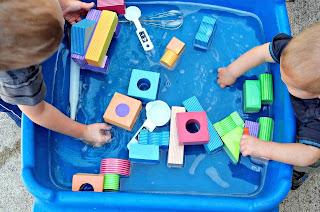
Most children start out using blocks for the sole purpose of knocking them down when they are babies and toddlers, so I added a baster, and my kids used water pressure as a way to knock down their structures. We took turns building and trying to knock each other's creations down. Knocking stuff down is still fun no matter how old you are!
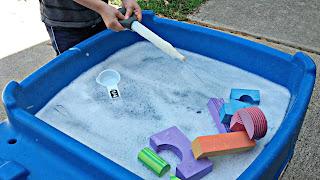
Matching Layouts and Letters
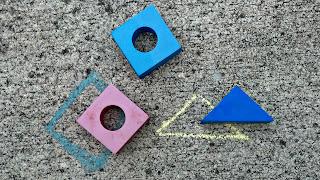
Instead of building vertically, we built horizontally on our driveway and added chalk. We traced and colored different layouts, named the "towns" we created, and then used the blocks to forms letters to trace out the names. The same can be done on large paper with marker, crayons, or paint!
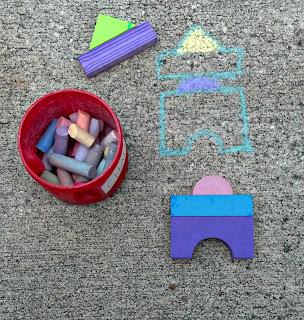

Sticky Buildings
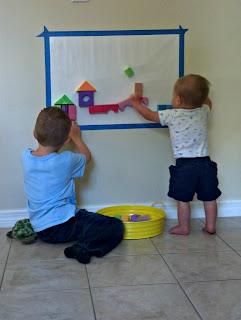
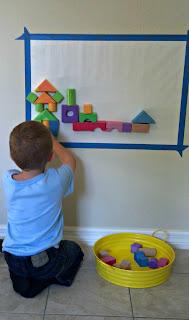
Contact paper's sticky surface is strong enough to hold lightweight blocks, and can stand up to many changes in building plans. Tape down all sides of your contact paper sticky side up on the floor, or a wall. I like to use painters tape so my walls don't suffer!
BLOCK ACTIVITIES FOR TODDLERS AND BABIES
For the young child, present them with just a few blocks at a time will help them avoid being overwhelmed. The nice thing about a variety of blocks is that the various blocks can be used in different ways while working various skill areas.
Sorting Shapes and Colors Block Activity–
By sorting the colors and shapes of blocks, they are working on so many skills. Visual perceptual skill development begins at a young age, including the ability to visually discriminate. We know that young babies are able to visually differentiate their mother from another female adult by visual assessment. The same skill can be used and honed with toy blocks
Use a small set of blocks and ask the child to pile blocks into sets according to color or shape. You would be surprised at a young child’s sorting ability and visual discrimination skills. Sorting block shapes occurs around 15 months and at that time, a shape sorter is the perfect tool for encouraging matching. Visual discrimination skills will improve over the toddler years as your little one begins to recognize differences in shapes such as triangles and pentagons.
Sorting blocks is a literal building block for visual perceptual skills, math skills and executive functioning skills.
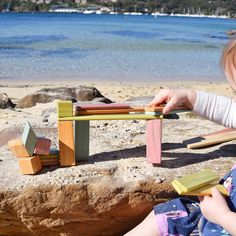
Pretend Play Block Activities–
Children can use blocks as pretend play items as they interact with adults or other children. Giving blocks a name and a voice offers opportunities to act out scenarios, express needs and wants, and practice communication.
By using blocks as pretend people, cars, trains, and animals, toddlers and preschoolers experiment with imagination and creativity. This is the beginning of social emotional skills. Show your little one how they can set up a little family with the blocks as they talk to each other in words and phrases that your child knows. What a great way to work on communication and language.
Building Activities-
The sky's the limit when it comes to building with blocks. You can show a young toddler how to stack two blocks while they develop the fine motor precision and refined grasp to place blocks and release their hand without knocking over the blocks. Show your little one how to stack one or two blocks with specific colors. By asking them to copy your block form, not only are they working on fine motor skills, they are also building visual perceptual and visual motor skills.
Use Blocks to Make Patterns-
Building on the copying skills mentioned above, using blocks to copy and create patterns is an exercise in early visual motor skills, visual perception, and fine motor skills. It’s also a fun way to introduce early math concepts. Little ones can copy and create patterns using different sizes, shapes, and colors of blocks. Start out by creating a simple pattern with an AB pattern of blocks. Preschool children can use blocks to create ABB and ABC patterns too.
Stack and Knock Over-
Building towers with blocks or a trail of dominos is one way to help kids better understand STEM concepts, cause and effect, and problem solving. Ask your little one how they can make one block fall over by using another. See if they can figure out how far apart to place blocks to make them push one another over in a row of “dominos”. It’s a fantastic exercise in eye-hand coordination. Building blocks are a fun way to encourage the development of grasp and release even for children with conditions such as cerebral palsy. I particularly like the round blocks with a hole in the middle. Kids like to stick their thumb or index finger inside.
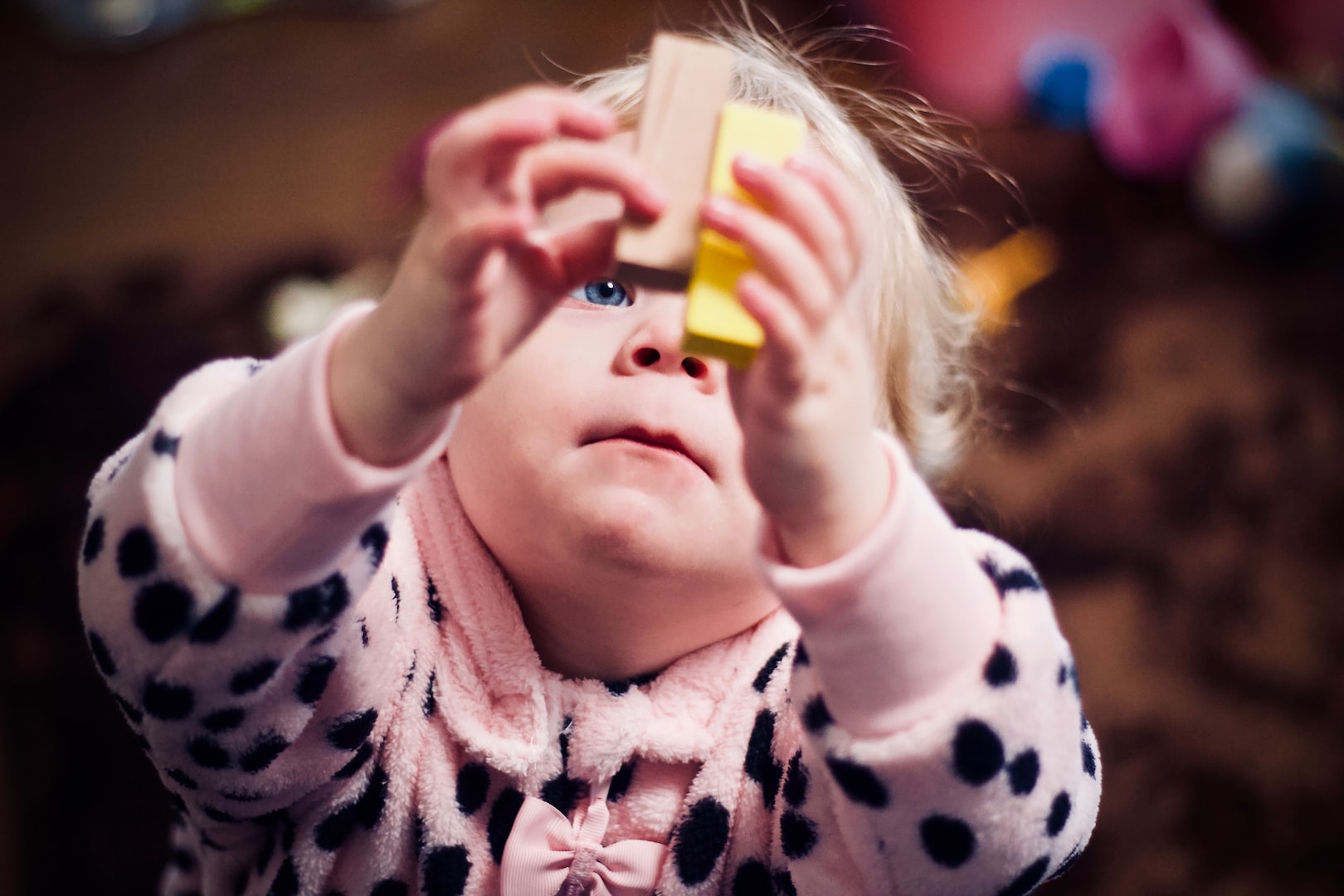
Block Play in Preschoolers
Building a block tower and counting how many blocks they used
Copying block structures from picture cards
Using blocks to measure objects
Imitating structures built by adults
Using play dough to connect blocks together while building
Building a house with blocks
Sorting blocks by color, shape, size, and material
Block Play in School-Age Children
Building a city or town and using props like cars, trucks, toy people and animals, and traffic signs
Building a zoo with props like toy animals and people, toy fences, fabric pieces, rocks and leaves
Building a train station with props like toy people, toy trains and cars, tape for tracks, traffic signs
What Are the Stages of Block Play?
There are seven stages of block play that most children progress through naturally as they age and develop:
Carrying: The first stage beginning in infancy is carrying blocks around, but not using them for building yet. Children explore the blocks by touching, looking, tasting, banging them and dumping them from containers.
Stacking: As toddlers, children begin stacking the blocks into a vertical tower or horizontal rows.
Bridging: Children, typically as toddlers, enhance their block play skills by building bridges. They place a longer block on top of two shorter blocks that have a space in between them.
Enclosures. Children begin using four or more blocks to build a square or rectangular enclosed space. They will turn the blocks in different directions and place them end to end. Eventually, they can create circular enclosures or multiple enclosures joined together.
Patterns and Symmetry: Children start creating patterns with blocks (usually around ages 3 or 4). They will also begin showing symmetry in their buildings and becoming more imaginative in what they are constructing.
Early Representation: Children become more purposeful in their block creations (i.e. building a house or other familiar building). Often, they will name their buildings and use them in imaginative play.
Later Representation: Children’s buildings are very detailed. They show a particular scene or place from real life or their favorite stories, like an imaginary zoo or farm. This is where real dramatic play begins.
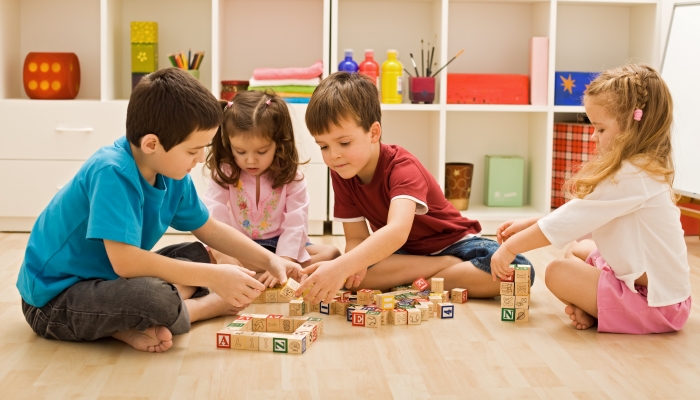
Benefits of Block Play in Child Development
Block play offers many benefits for your child’s development. Here are some reasons to provide young children with opportunities to free play with blocks:
Benefit
Explanation
Improves problem-solving skills
Children use trial and error to help them accomplish their block building goals.
When they run into issues, they will need to reassess and try something else.
Fosters creativity and imagination growth
Children build whatever they can think of.
The more they build, the more their imaginations grow.
Building blocks can be played with in many different ways, including with other toys for pretend play.
Blocks are loose parts—they can be moved and rearranged by children in many ways.
Encourages self-expression
Children use blocks to express themselves and show what they’ve learned.
This helps children who are learning a new language or who struggle with speech.
Improves math skills
Block building teaches about symmetry, balance, estimation, counting, measurement, comparison, and pattern development.
Shape recognition is introduced through block play.
Improves science awareness
Children test hypotheses about their buildings while learning about gravity, structure, balance, weight, and spatial awareness.
They experiment with how to keep their blocks from falling.
Grows self-esteem
Children are in control of their play and making their ideas come to life.
They feel a sense of success when achieving their building goals.
By solving problems, they become more confident.
Encourages social and emotional development
By playing together, children learn to share, problem-solve together, take turns, and cooperate.
They learn to handle frustration when buildings fall.
Improves physical development
Block play improves hand-eye coordination, hand strength, and fine motor skills as children move pieces.
Gross motor skills improve as children crawl or stretch around their creations and as they lift and move blocks.
Enhances communication and literacy
Block play encourages storytelling skills as children explain their creations and use them in pretend play.
As children play with each other, their language develops while they learn to collaborate.
Builds intellectual skills
Playing with blocks regularly improves math skills, spatial awareness skills, and literacy.
This means higher academic achievement in later years.
A 2018 study by Sara Schmitt also found that block play improves executive functioning.
9 Ways to Help Encourage
Block Play in Kids
Make an inviting space for block play on a firm, level area.
Save household materials children can use when building.
Follow children’s lead during play and allow them to take charge.
Encourage children to keep trying if things don’t go their way.
Celebrate with children when they accomplish their building goals.
Provide props like toy animals, cars, people, play dough, toy signs, and items from nature to enhance creativity.
Provide pictures of different buildings that children can try to recreate.
Provide different-sized containers for dumping and filling with blocks.
Take pictures of children’s creations and print them to share in their joy!
Learning with Nature: Awaking a Sense of Wonder
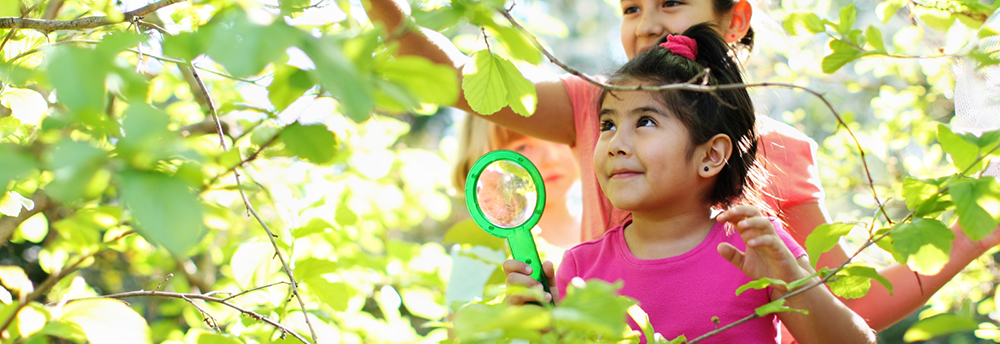
Exploring nature is a surefire way to spark young children’s learning. Children inherently want to learn which is why they’re constantly asking questions. They’re full of wonder and curiosity.The natural world is an environment rich with possibilities for learning and can help children’s wonder and curiosity flourish. In nature the opportunities for new knowledge and skills are seemingly endless and, when given enough time, nature will always spark a child’s desire to learn. Odd looking insects, plants growing out of rocks, water carving grooves in the soil, and so much more are bound to inspire children’s learning. Learning is happening when you hear a child say “Wow!”, “Huh!”, “That’s weird!”, or “What’s that?” Those phrases are openings for deep learning with nature. Learning with nature is when nature becomes another teacher—providing a richer classroom than even the most careful adult plans ever could.
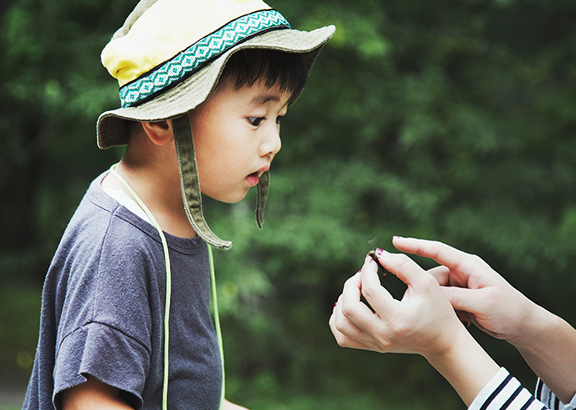
One key to children’s learning with nature is a supportive and encouraging adult. The role of the adult is to see the hint of curiosity in a child and then encourage them to go deeper. While there are many strategies adults can use there are four which are particularly effective:1. Allow time for explorationAdults are always in a hurry, but young children need time to explore. It’s important to slow down and allow children to explore at their own pace—whatever that may be. It’s also important to support children’s learning for days, weeks, and months. This means experiences in nature can’t just be one-time events, but rather need to be frequent and ongoing. If we’re intentional with our language, we can help children make sense of the world now and then build on those experiences over time.2. Ask open-ended questionsAll too often adults sound like they’re on a gameshow with children as we pepper them with mostly useless questions—What color is that?, Which one is bigger?, What do you call that? A powerful shift in adult language is to move from closed-ended questions to open-ended questions such as Why do you think it’s doing that? or How do you think that happened? Open-ended questions prompt children to share their thinking rather than regurgitate isolated facts. Children’s responses not only tell us about the concepts they’re making sense of, but also give us clues as to their interest and what they might like to explore further.
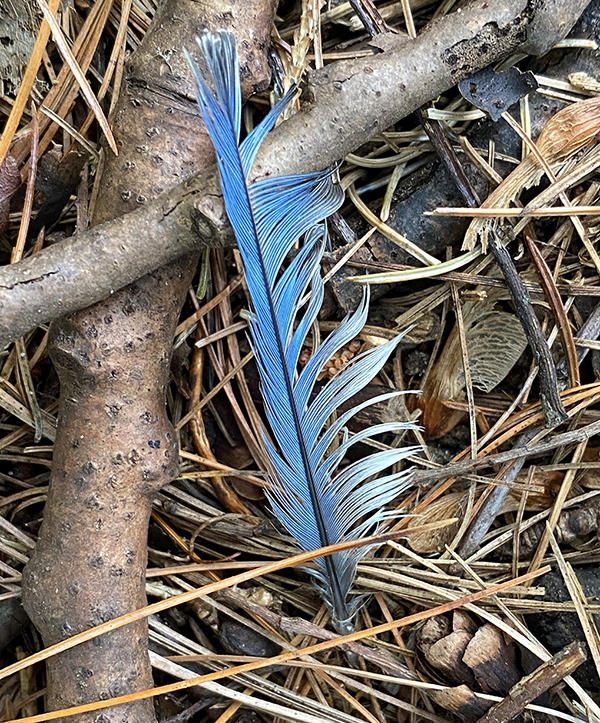
3. Encourage further explorationWhile most exploration involves physical interaction with the world. Exploration can also mean exploring the ideas outside of the moment that first sparked interest. For example, if a child finds a feather on the ground, it might make sense to explore the area to see if they find others—why are there so many around? Or maybe look more closely at the feather with a magnifier. On the other hand, further exploration might mean reading a story book about birds. And don’t forget about the more abstract exploration through art, writing, and other creative endeavors. These creations highlight some of the meaning children were making from the experience.4. Model curiosityAnother important step in supporting children’s sense-making of the world is to model curiosity. Children are always watching and listening to adults. They notice when an adult turns over a rock to see what’s on the underside. They also notice when an adult says, “I wonder what that bird is saying.” By awakening our own sense of wonder about the world we are encouraging children to do the same.
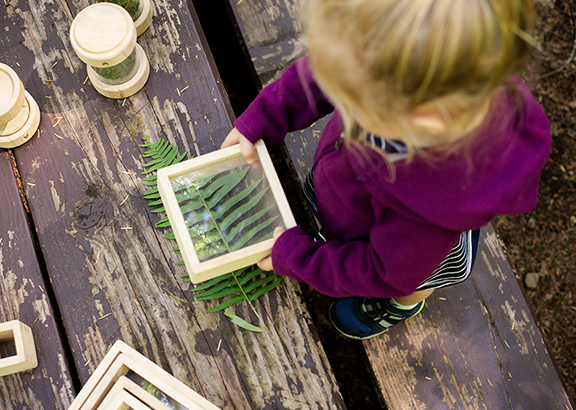
When adults implement these four strategies young children’s learning will be rich and meaningful while also being fun! As such children will never see learning as a cho























